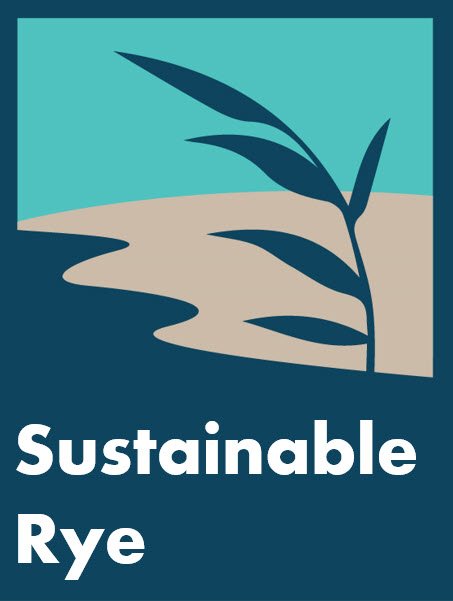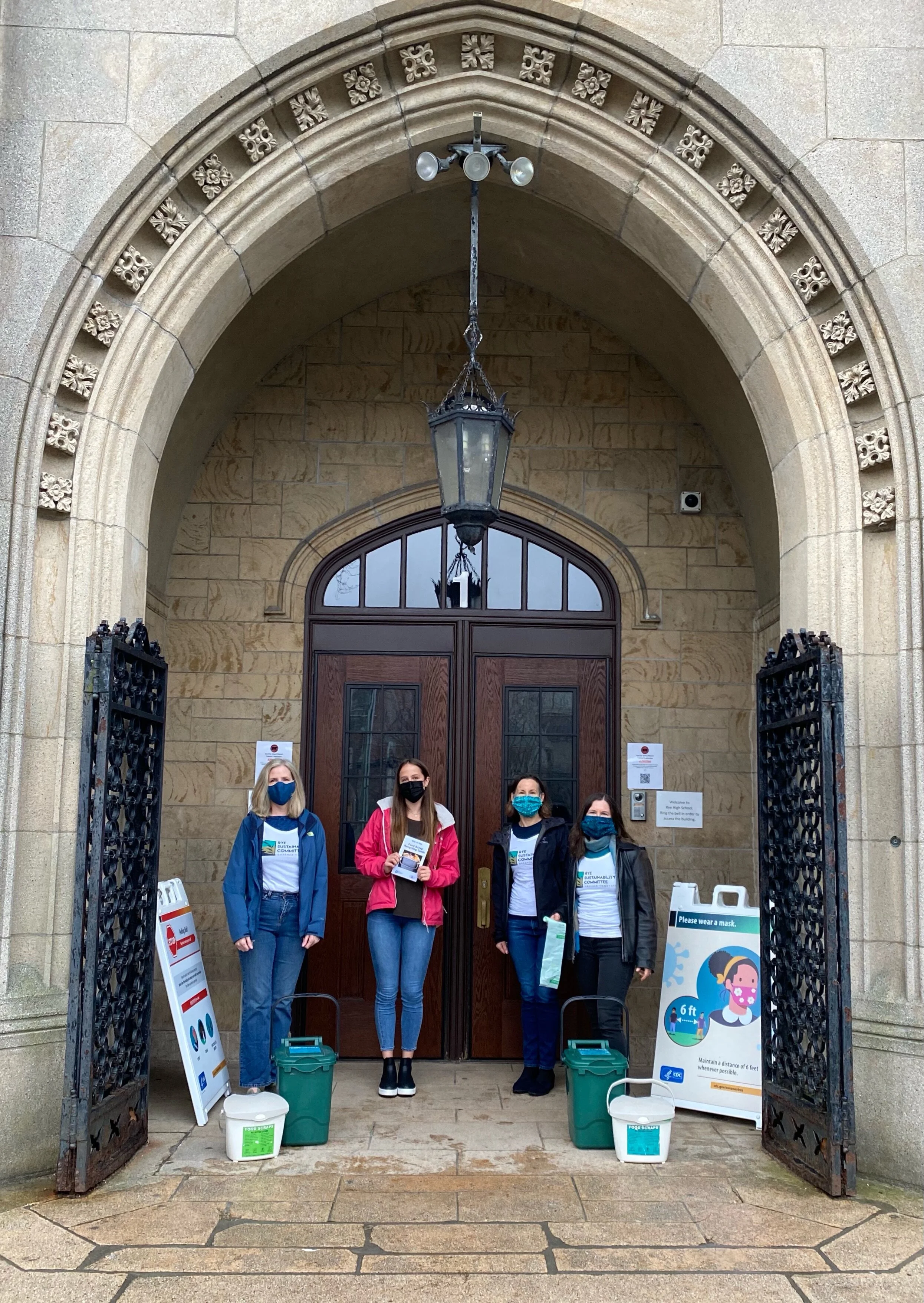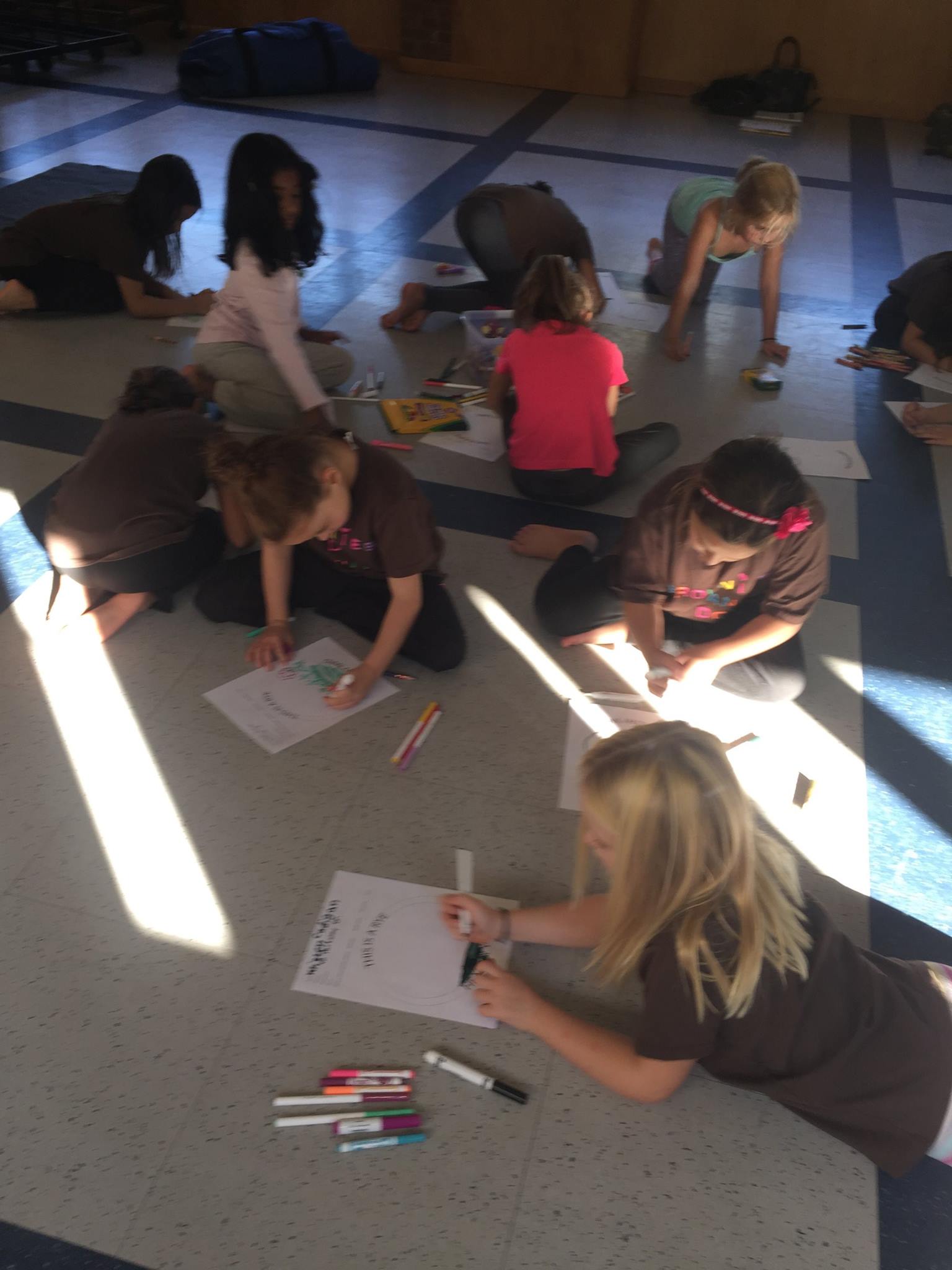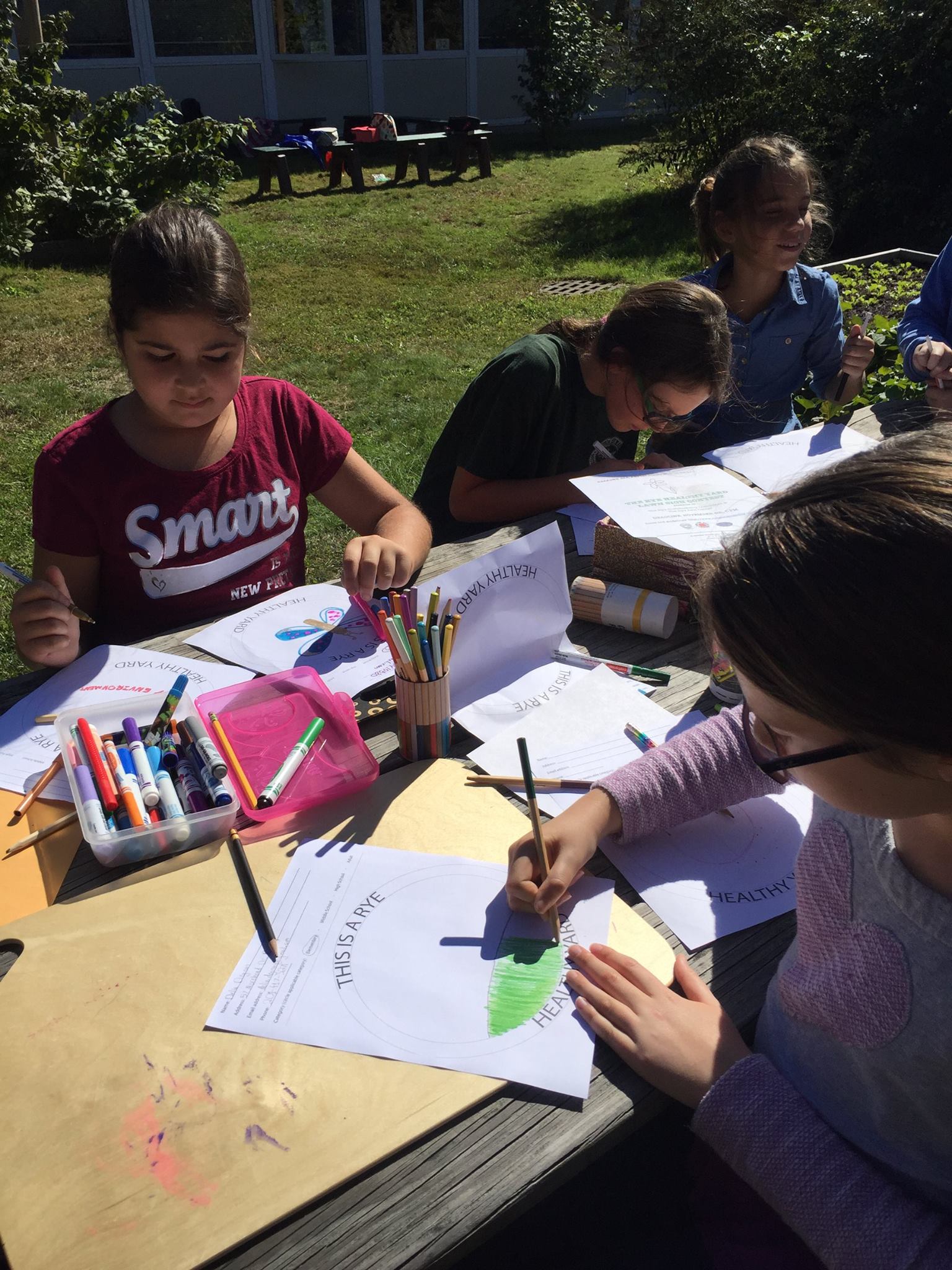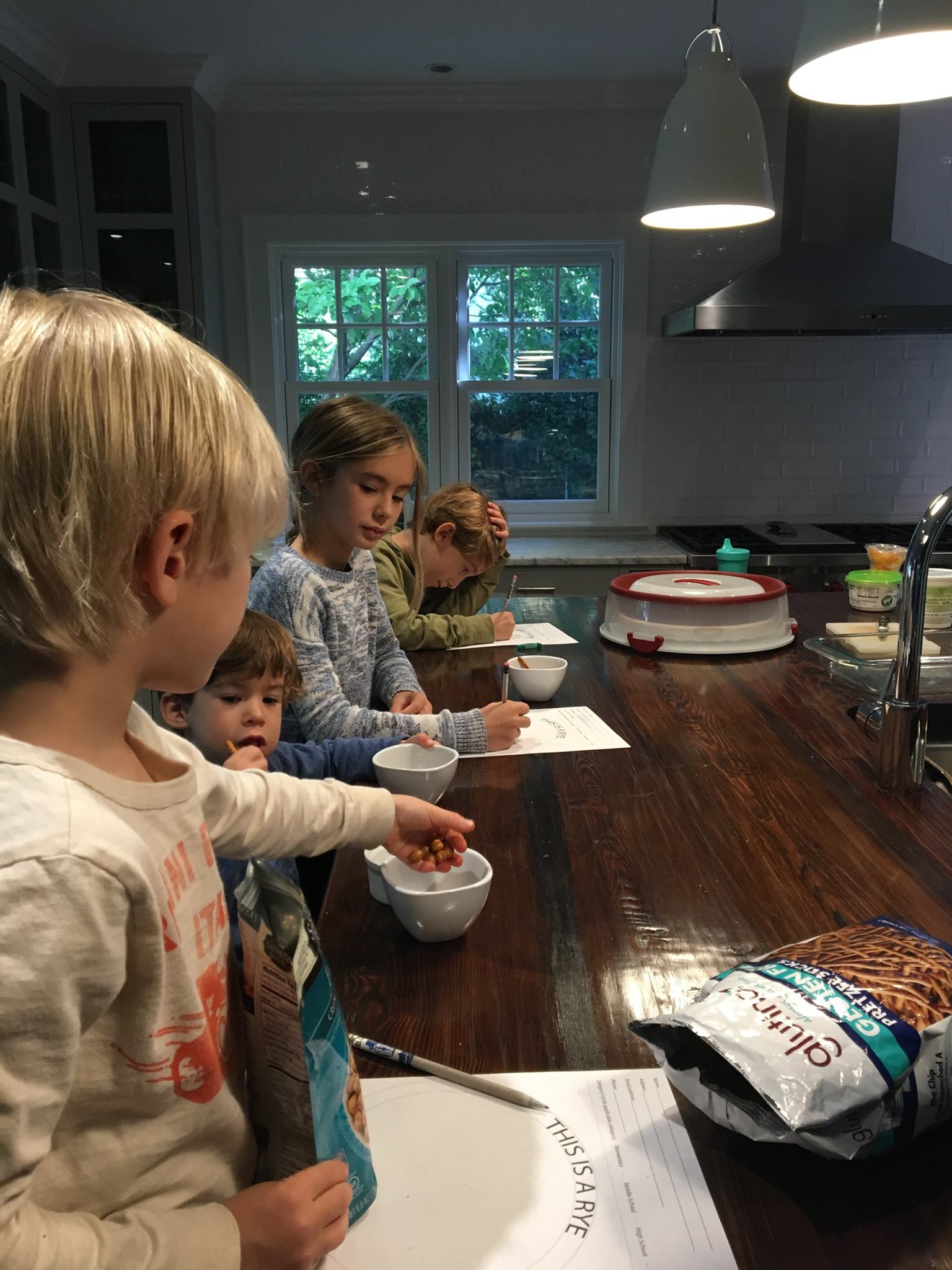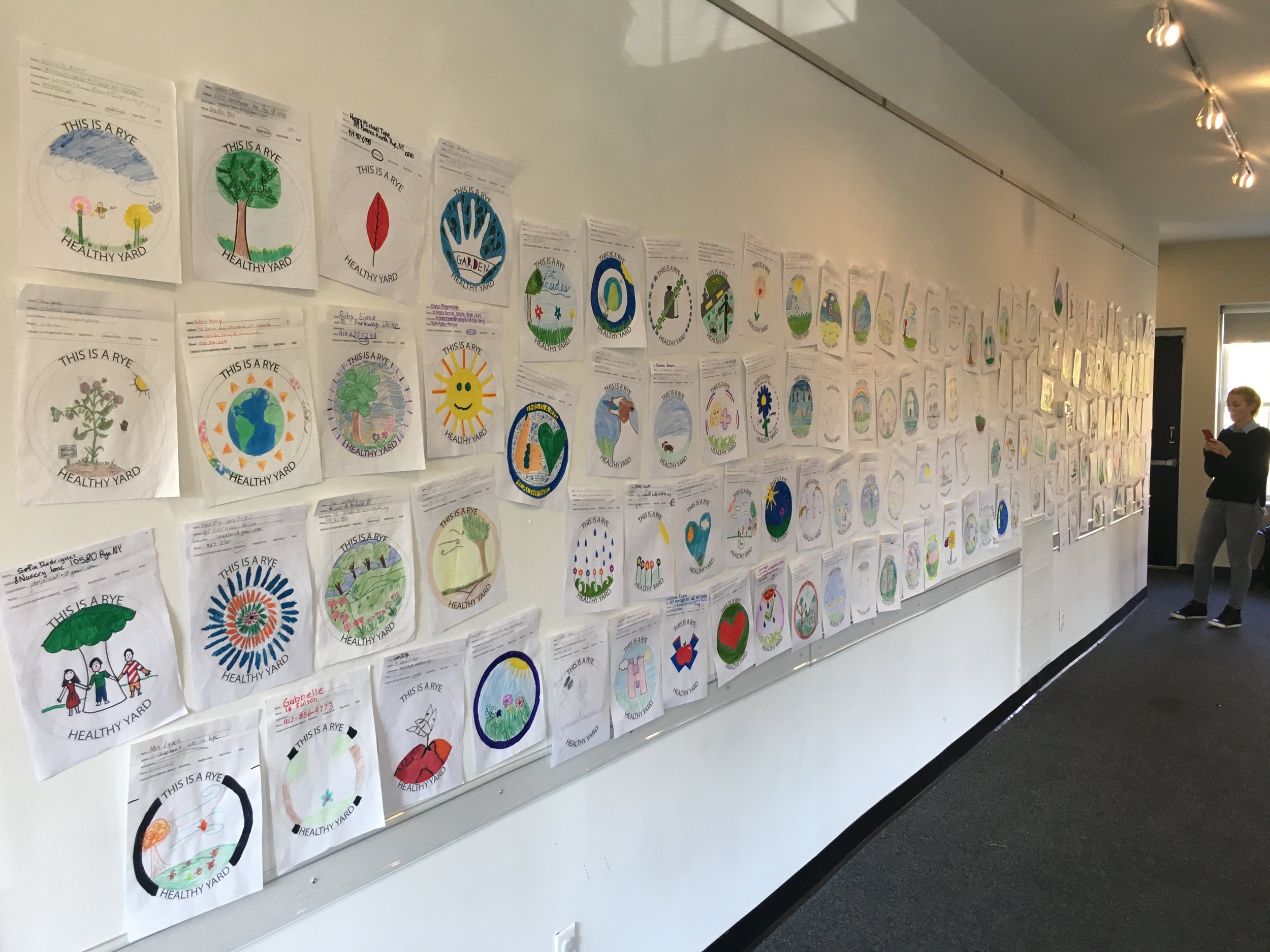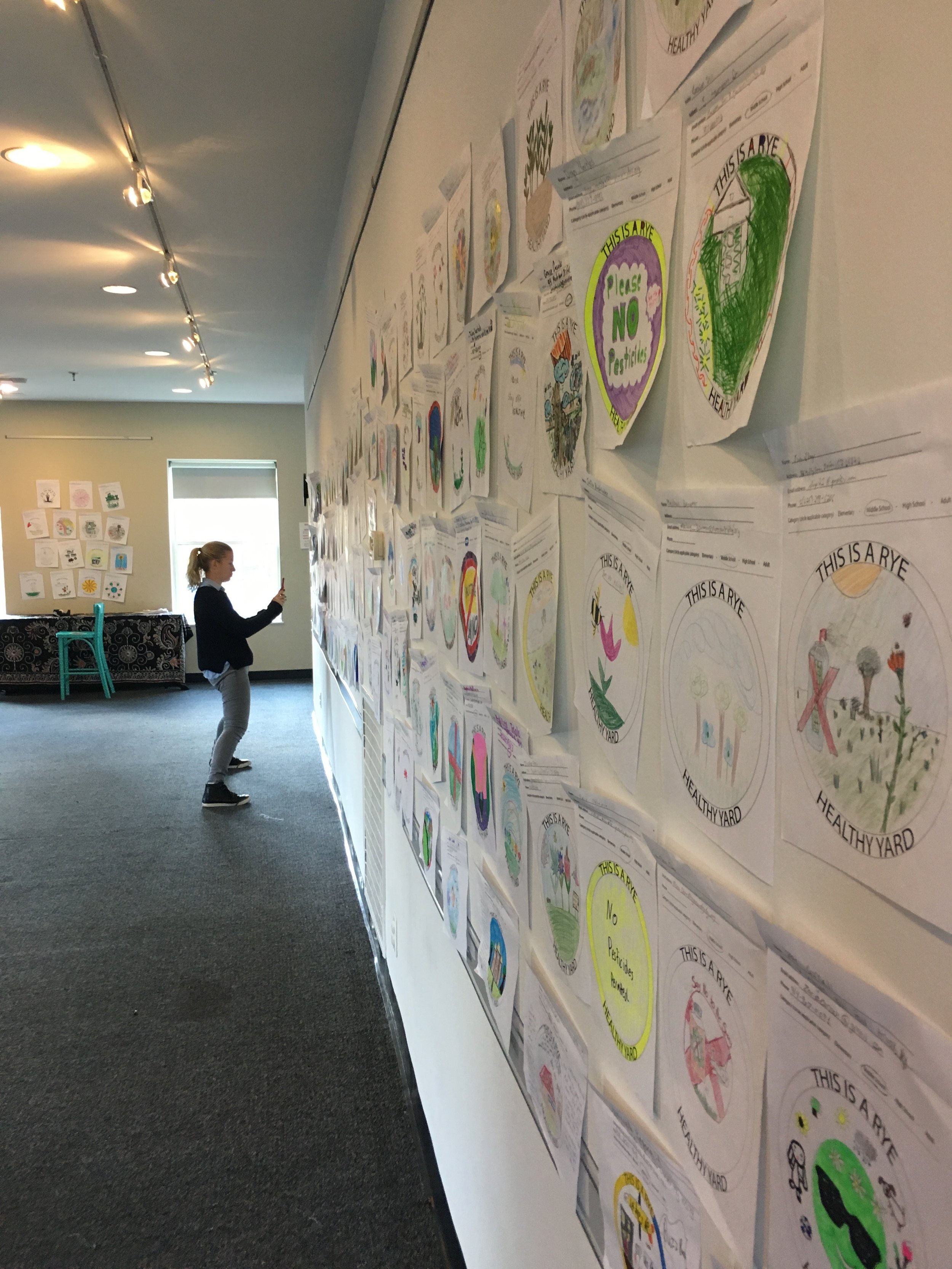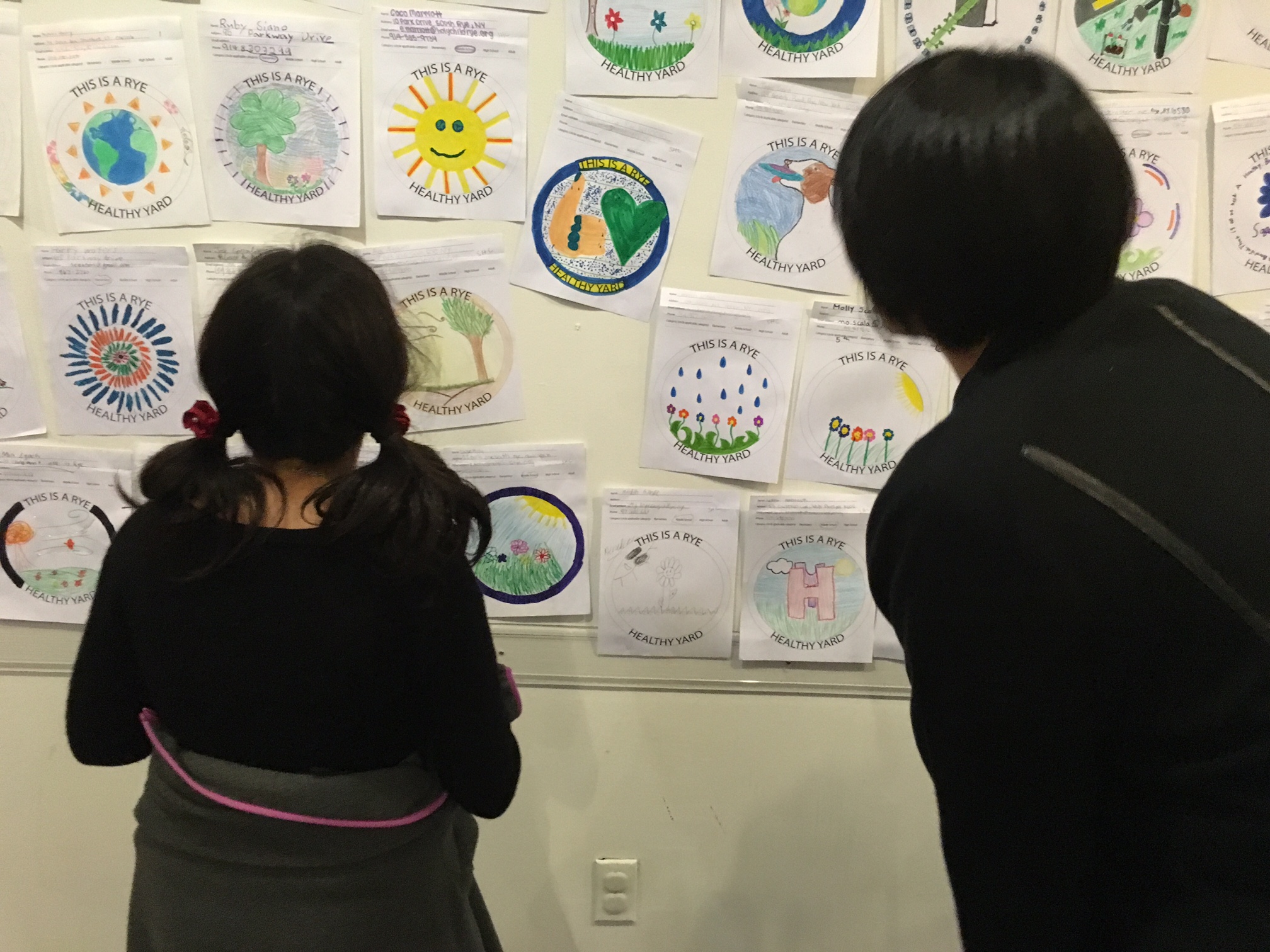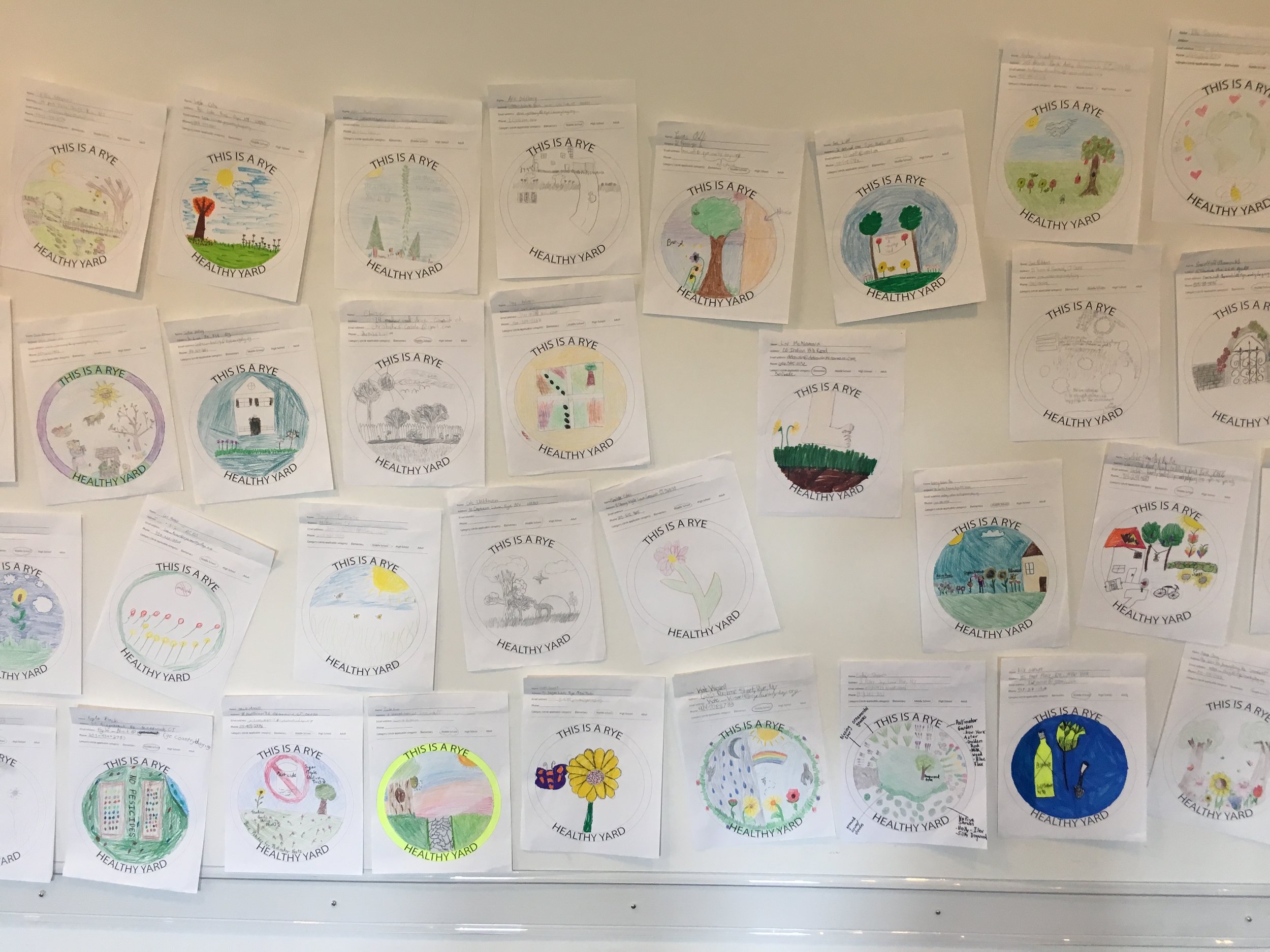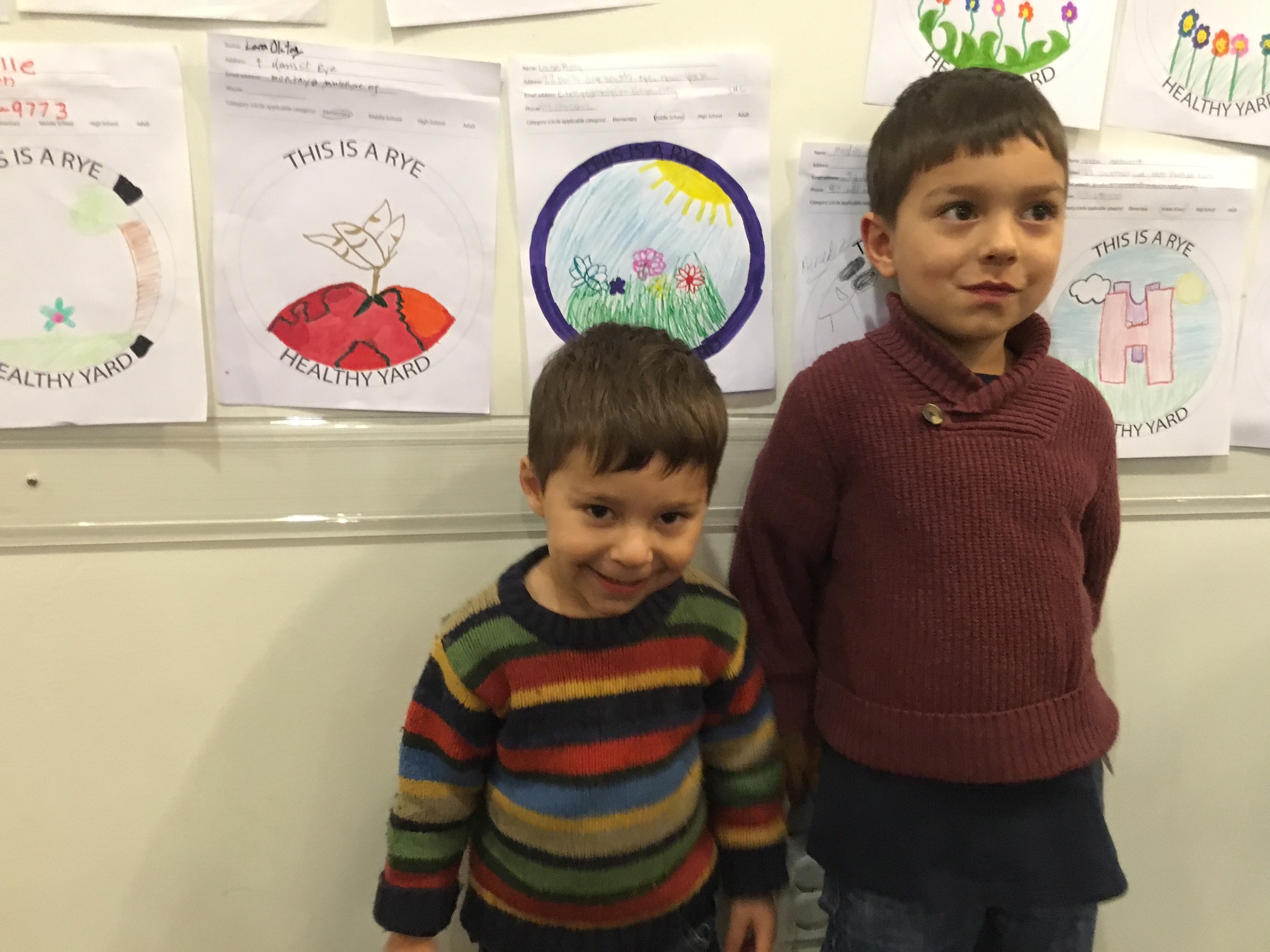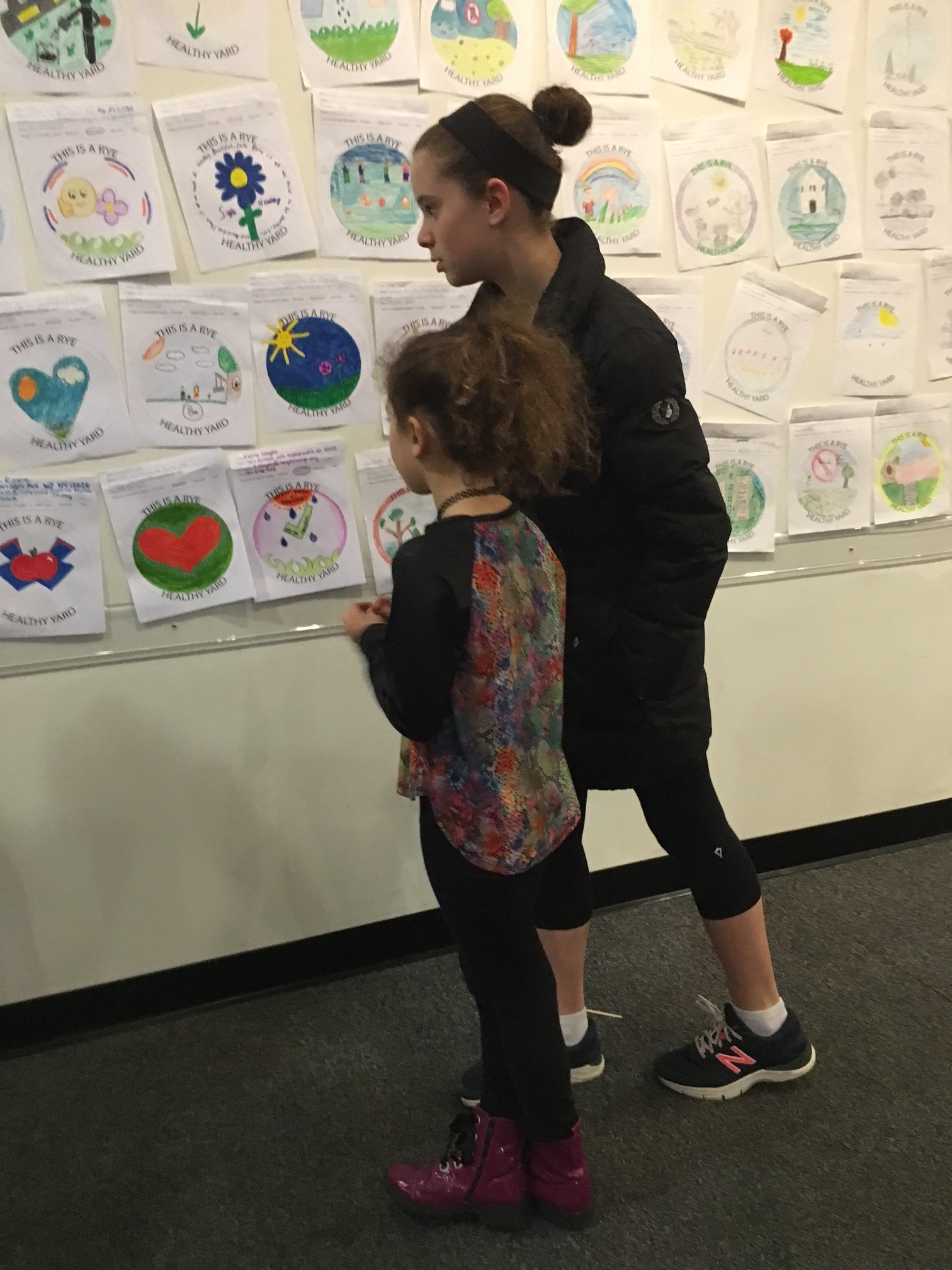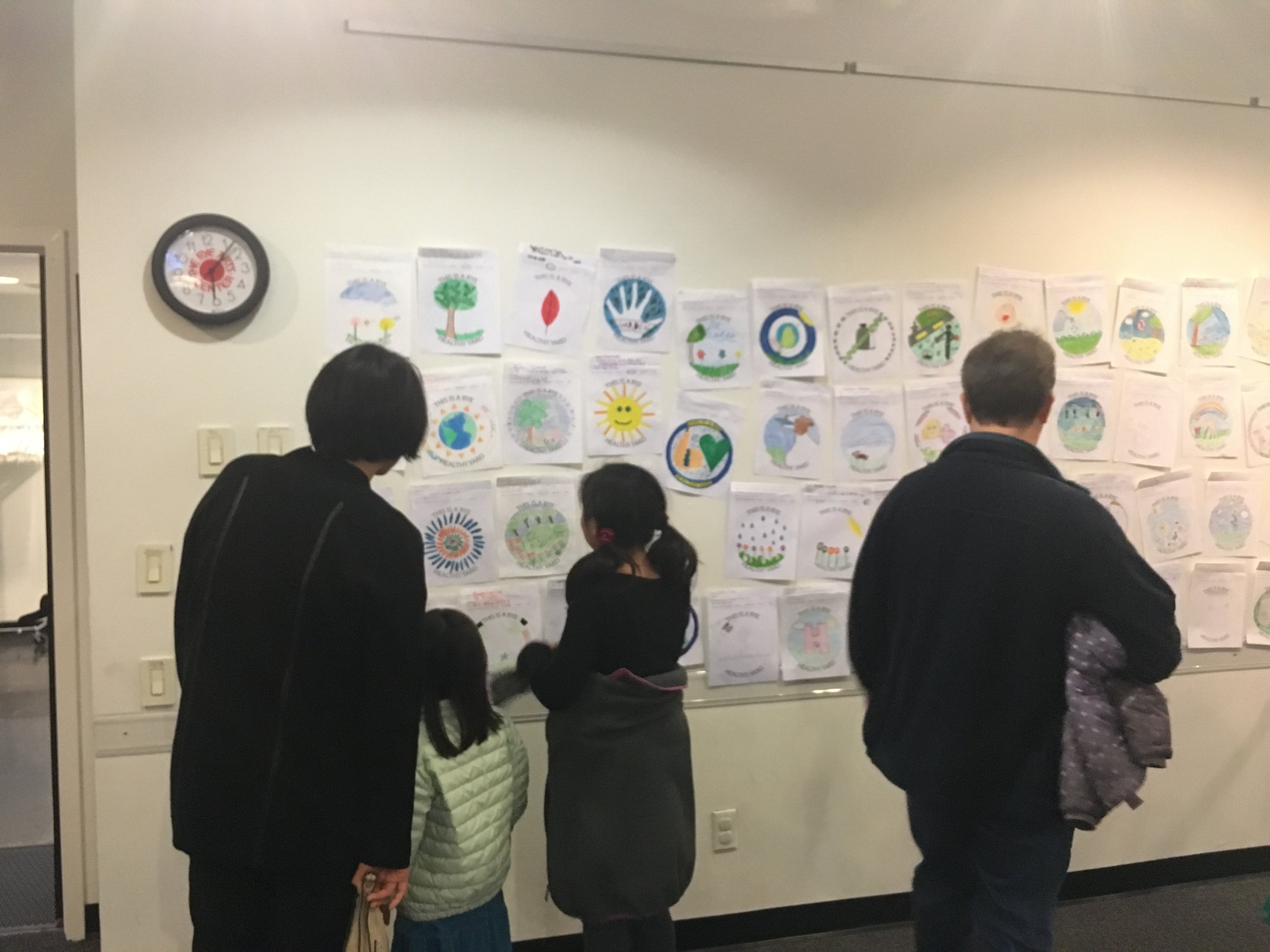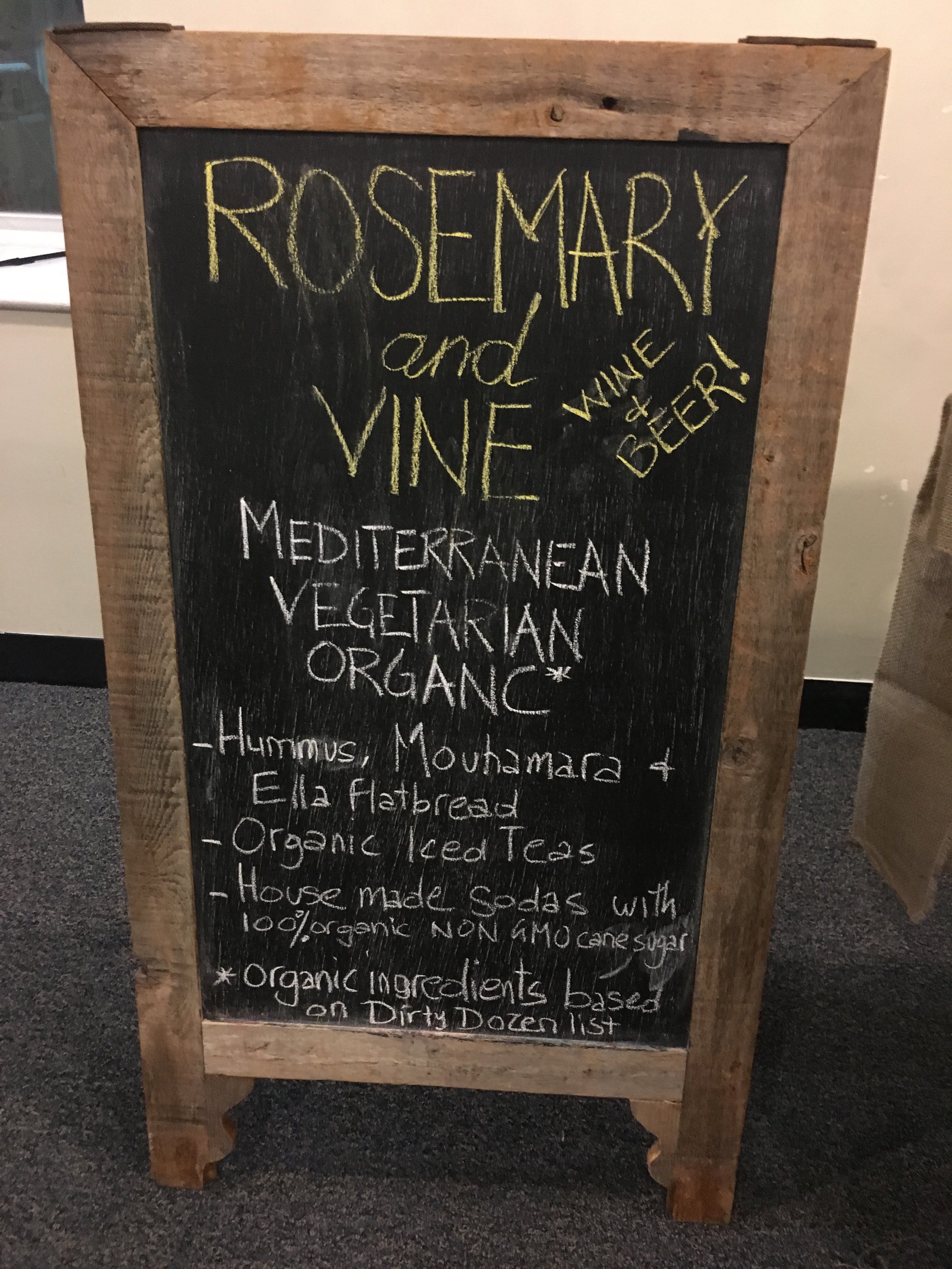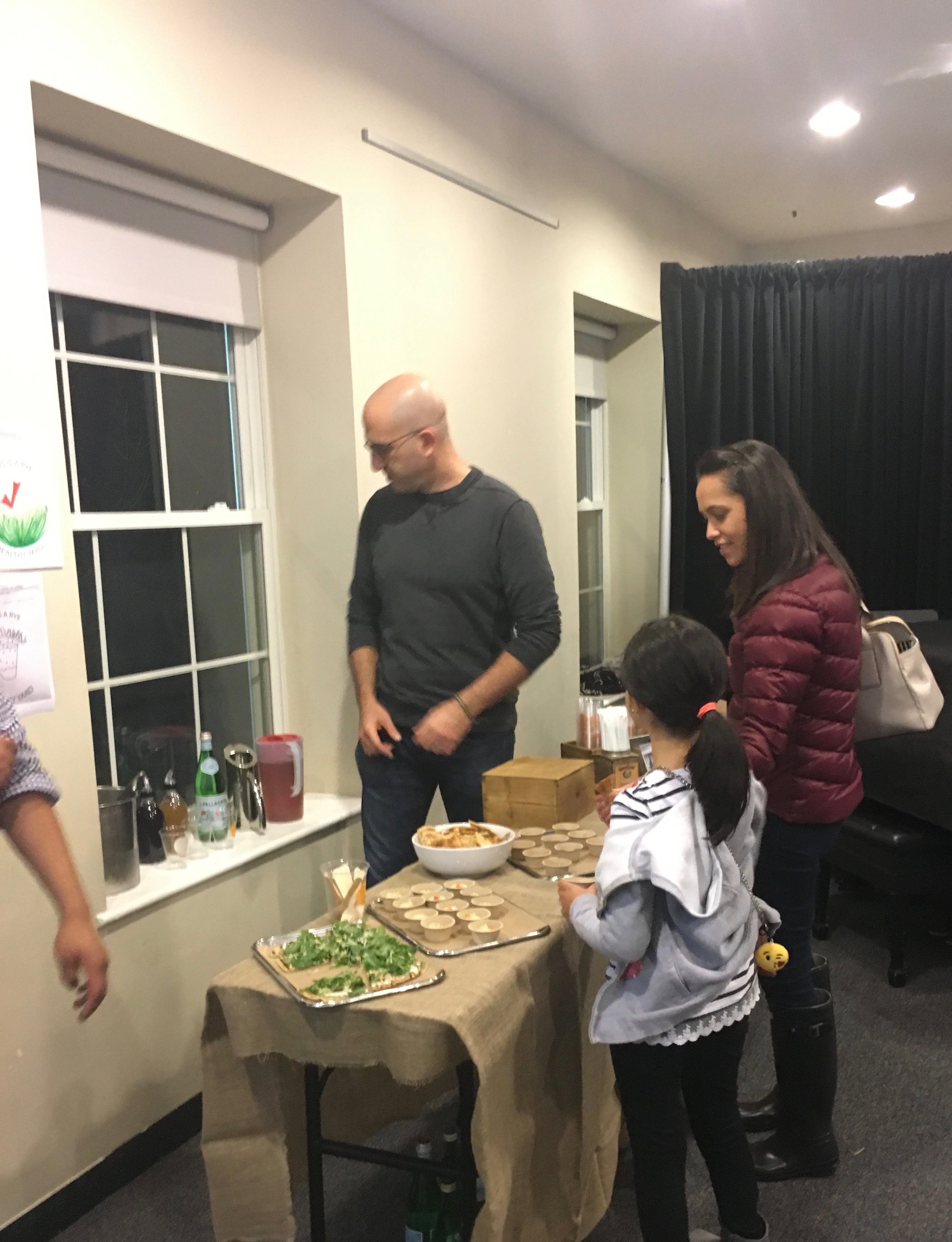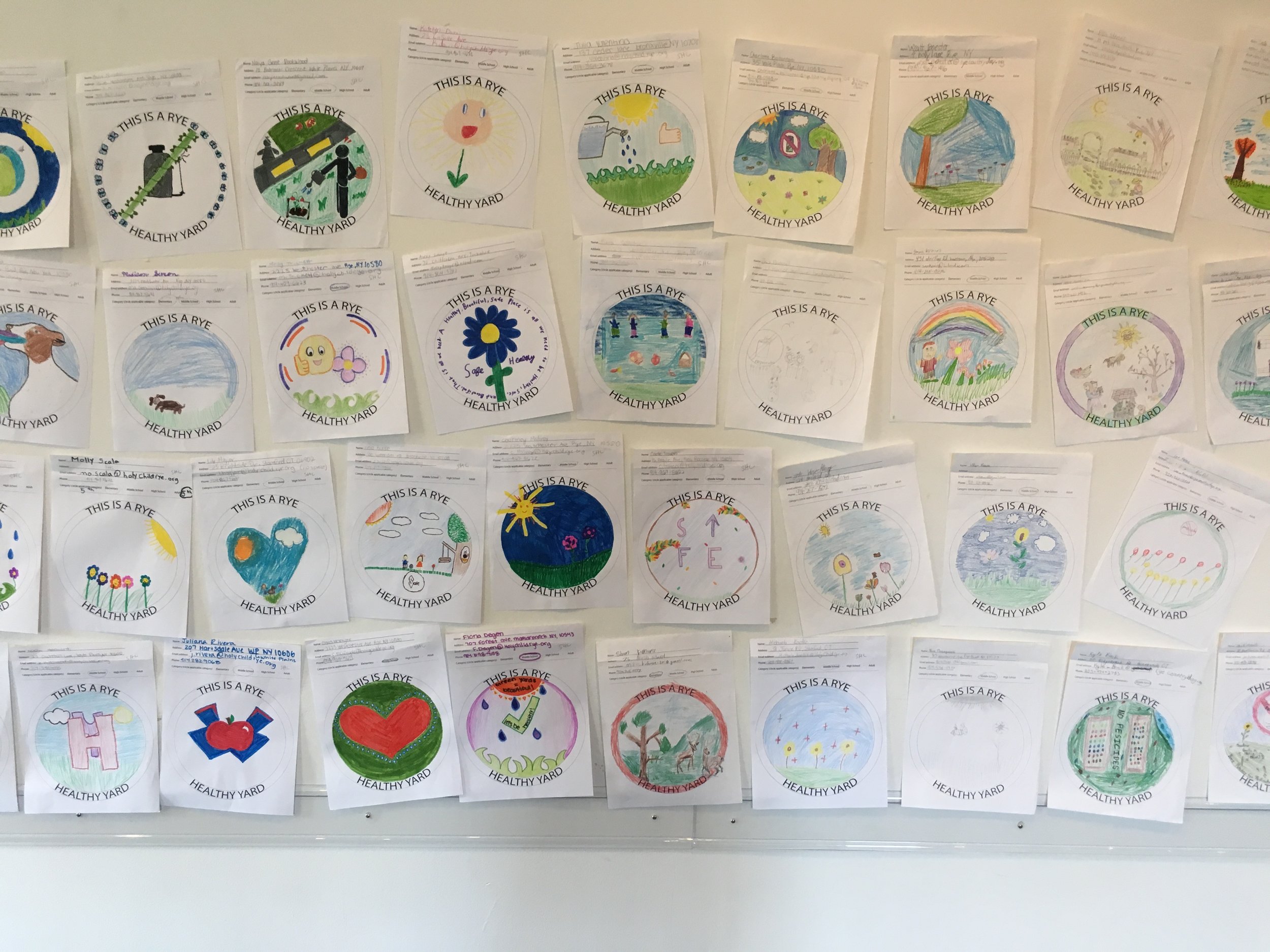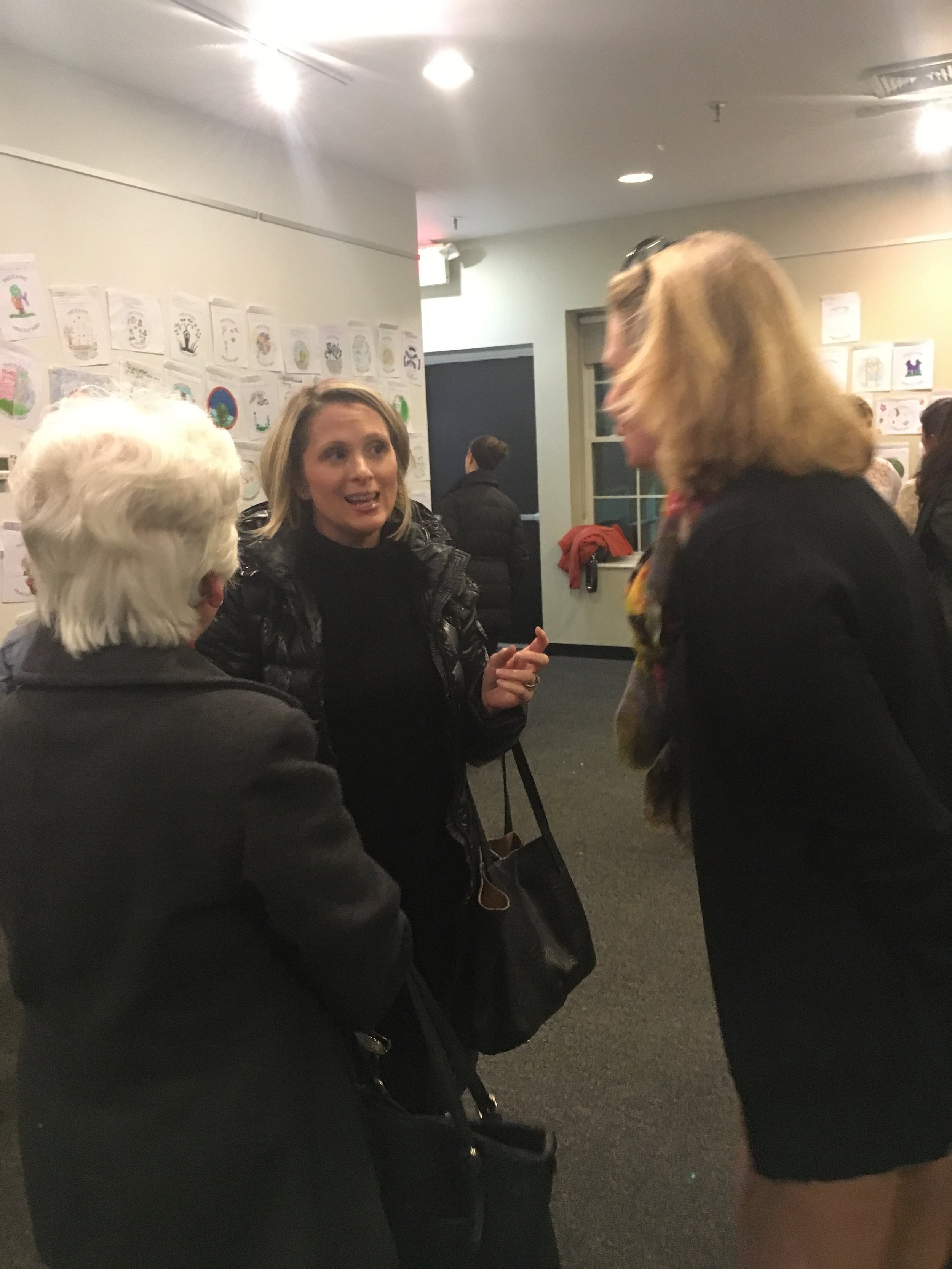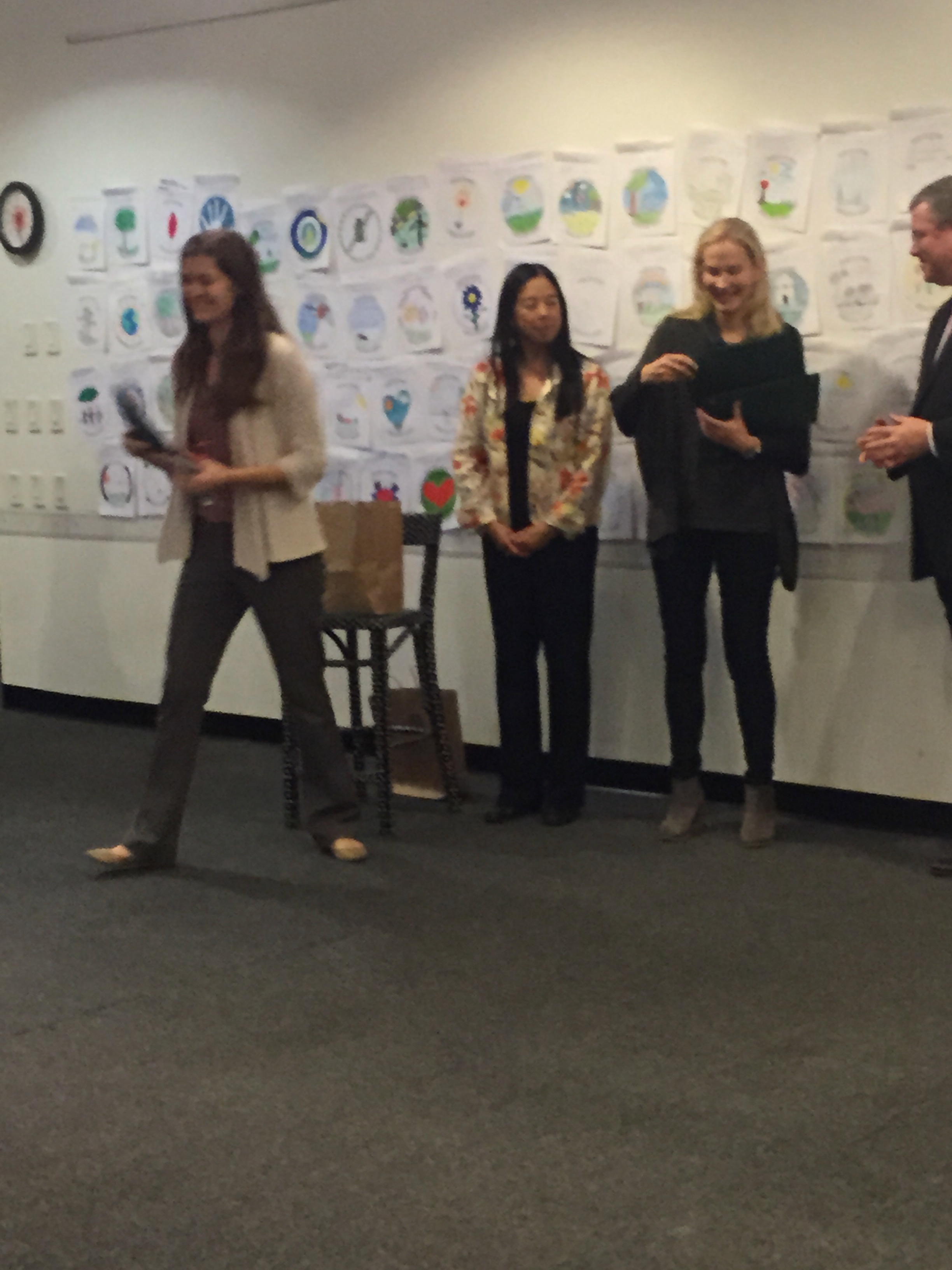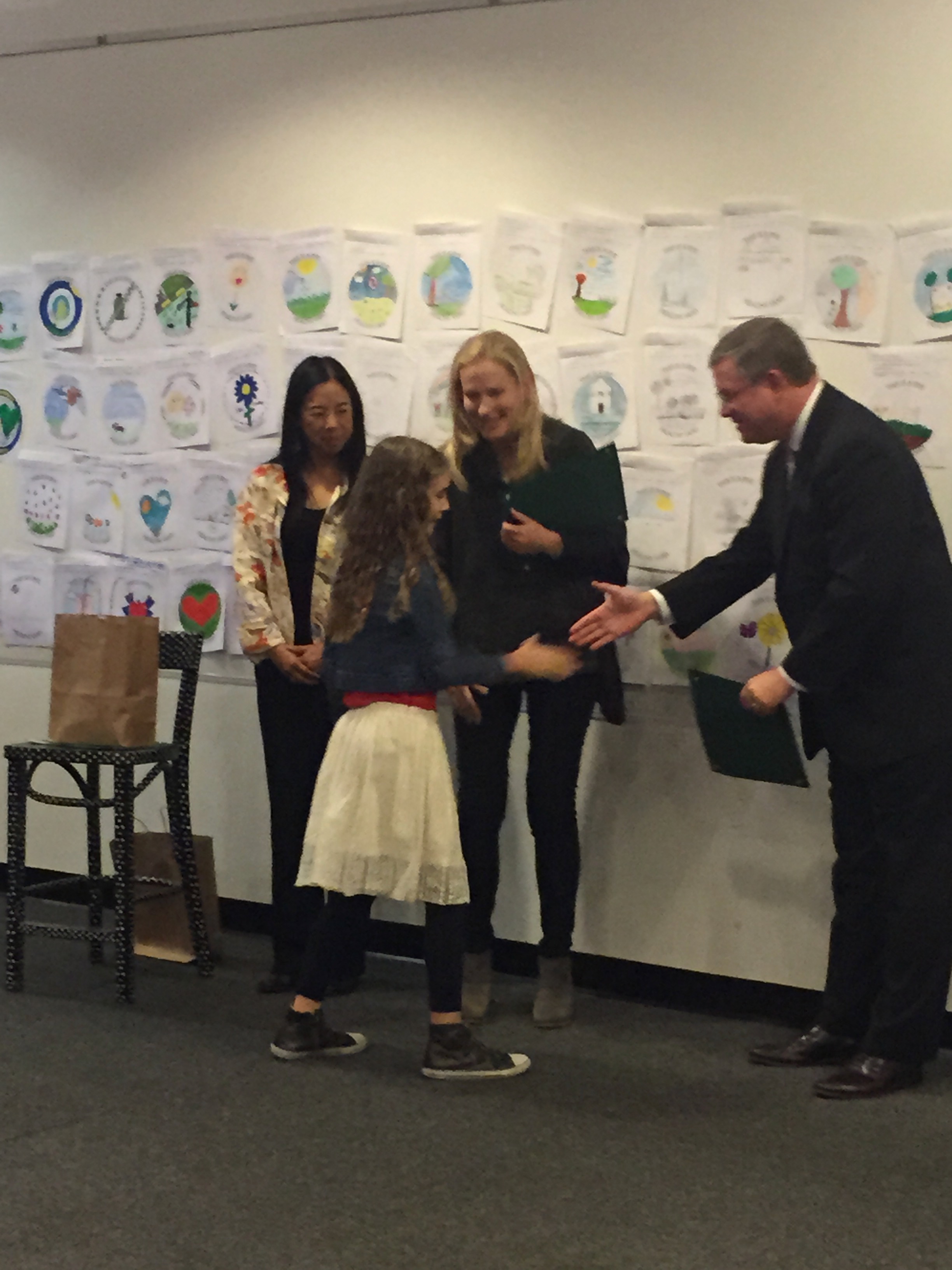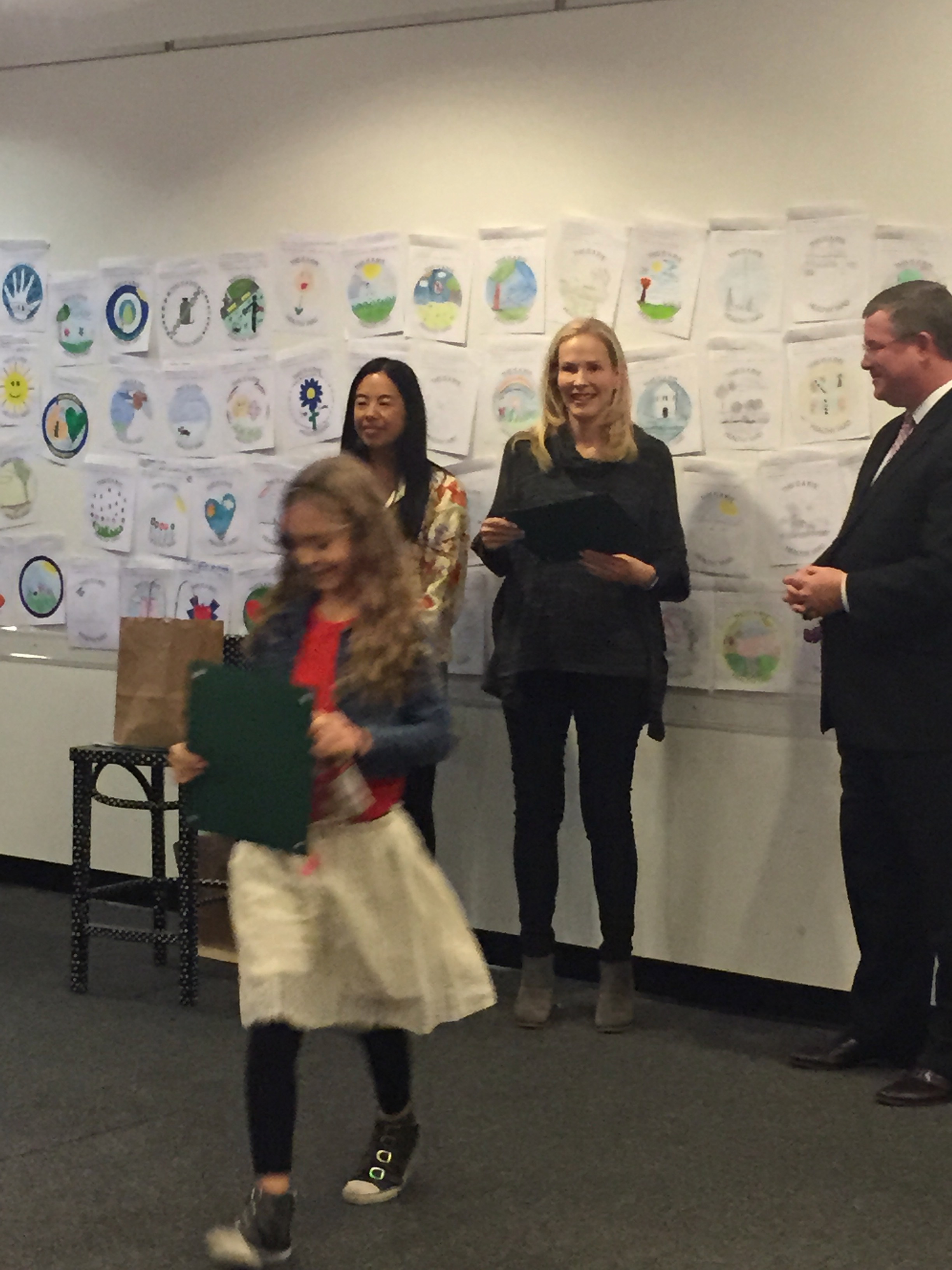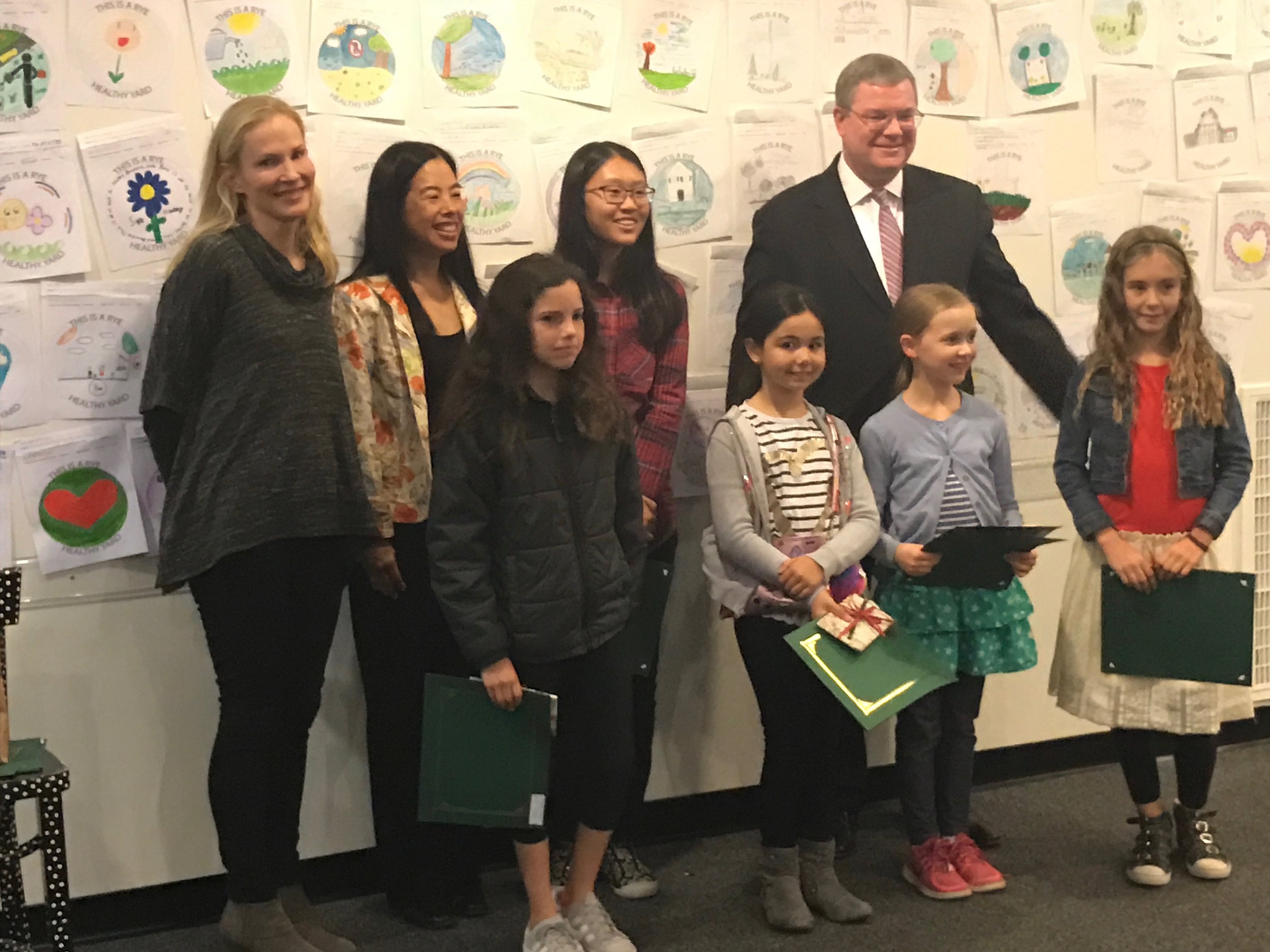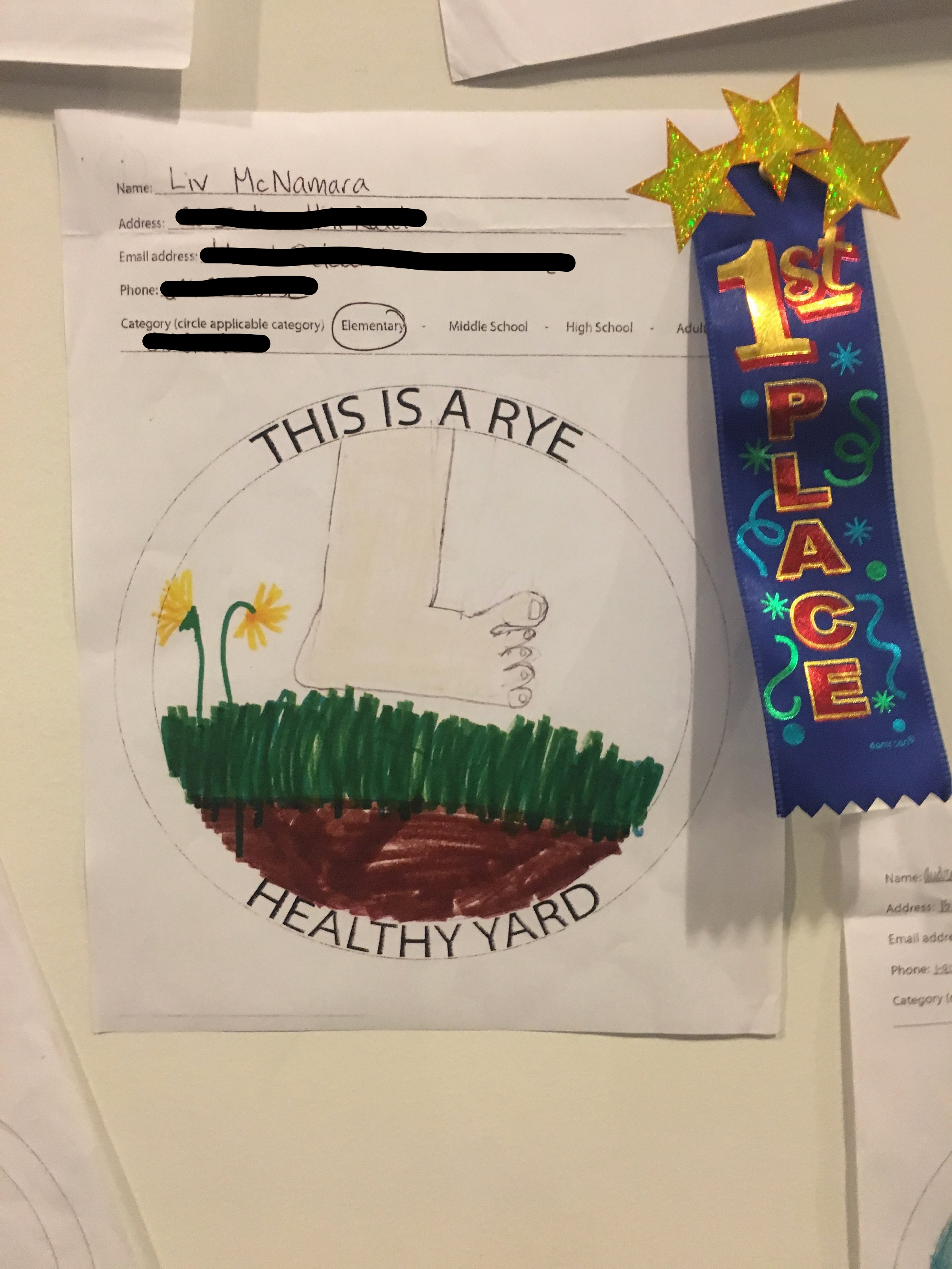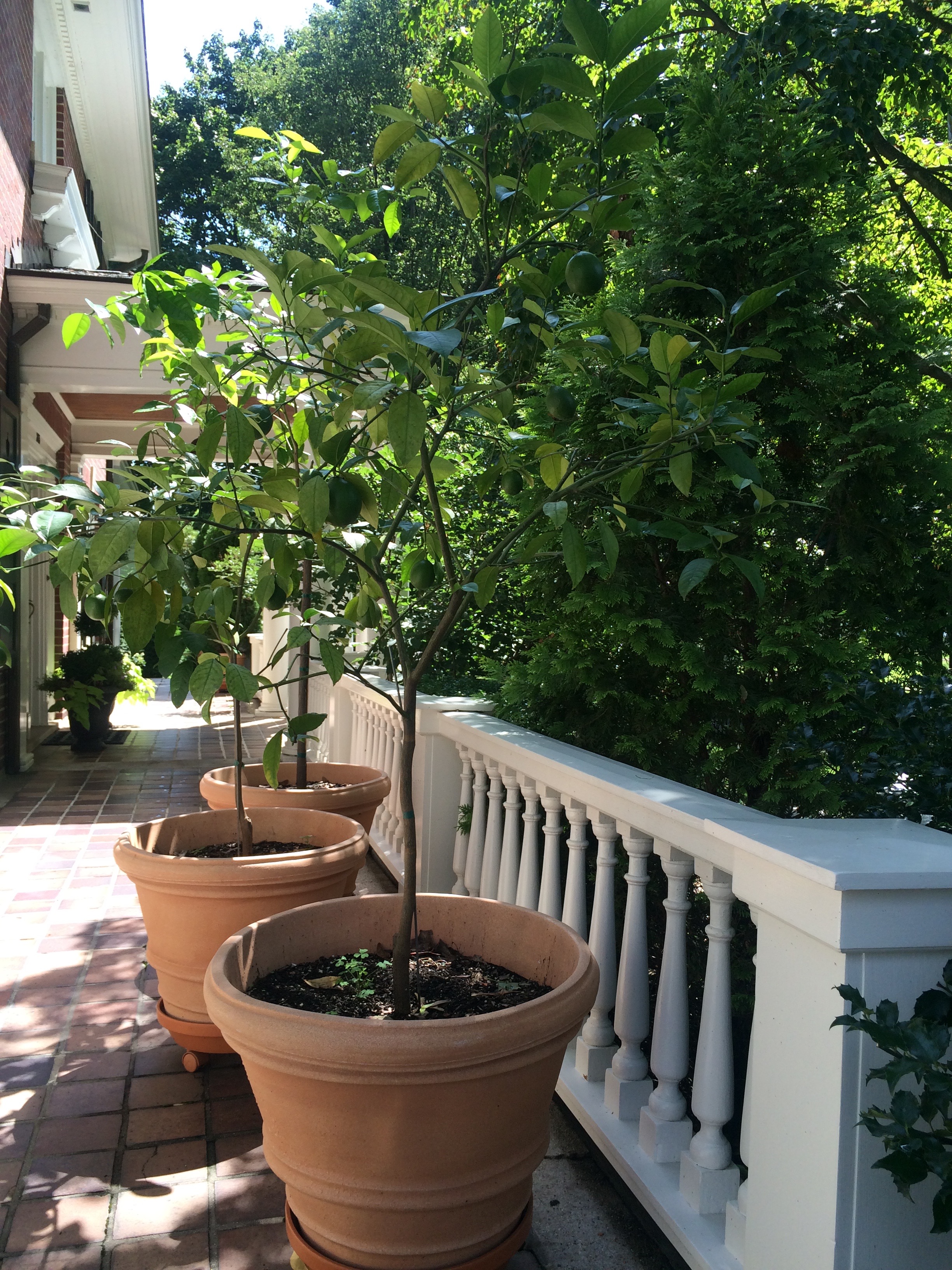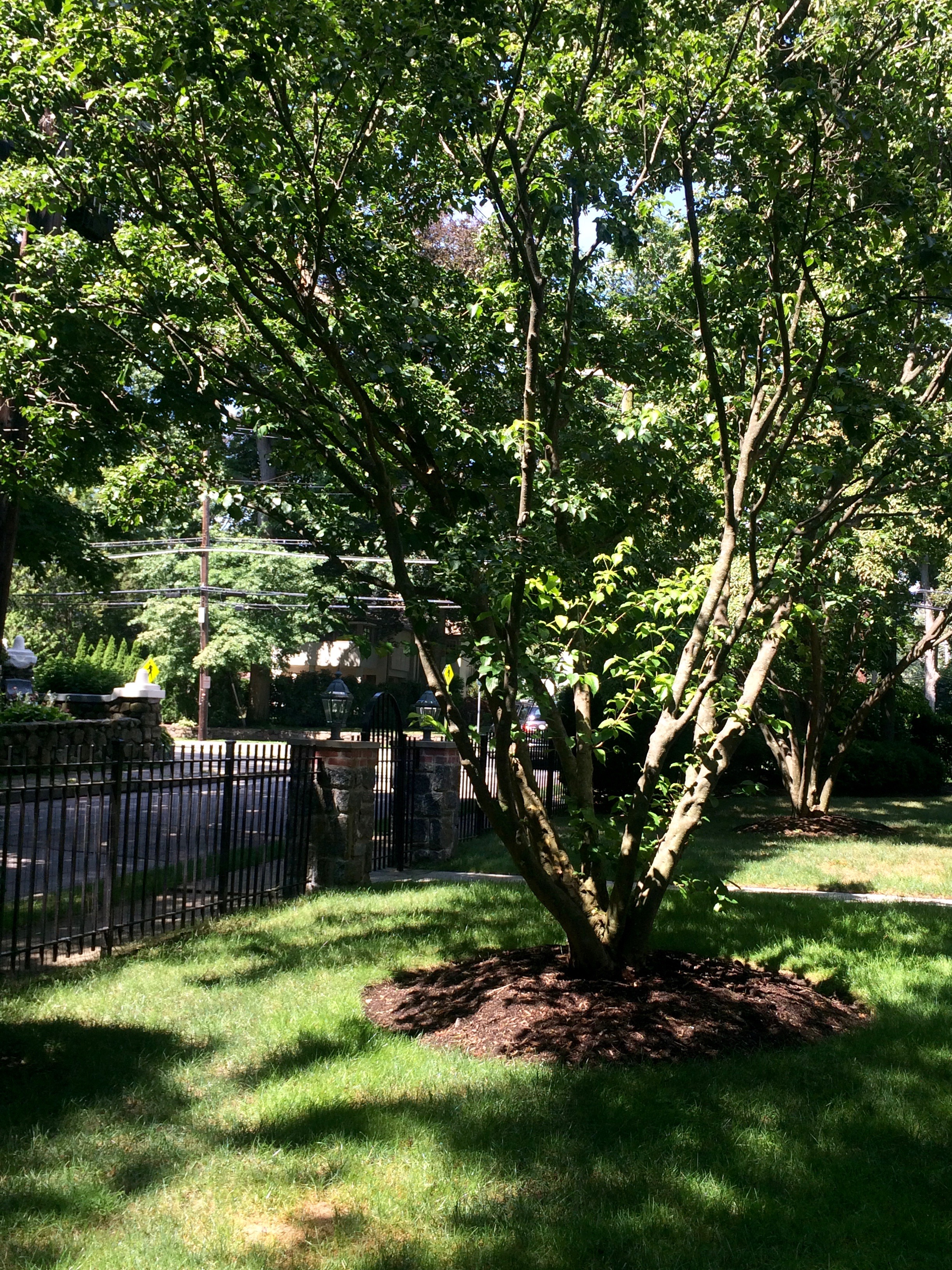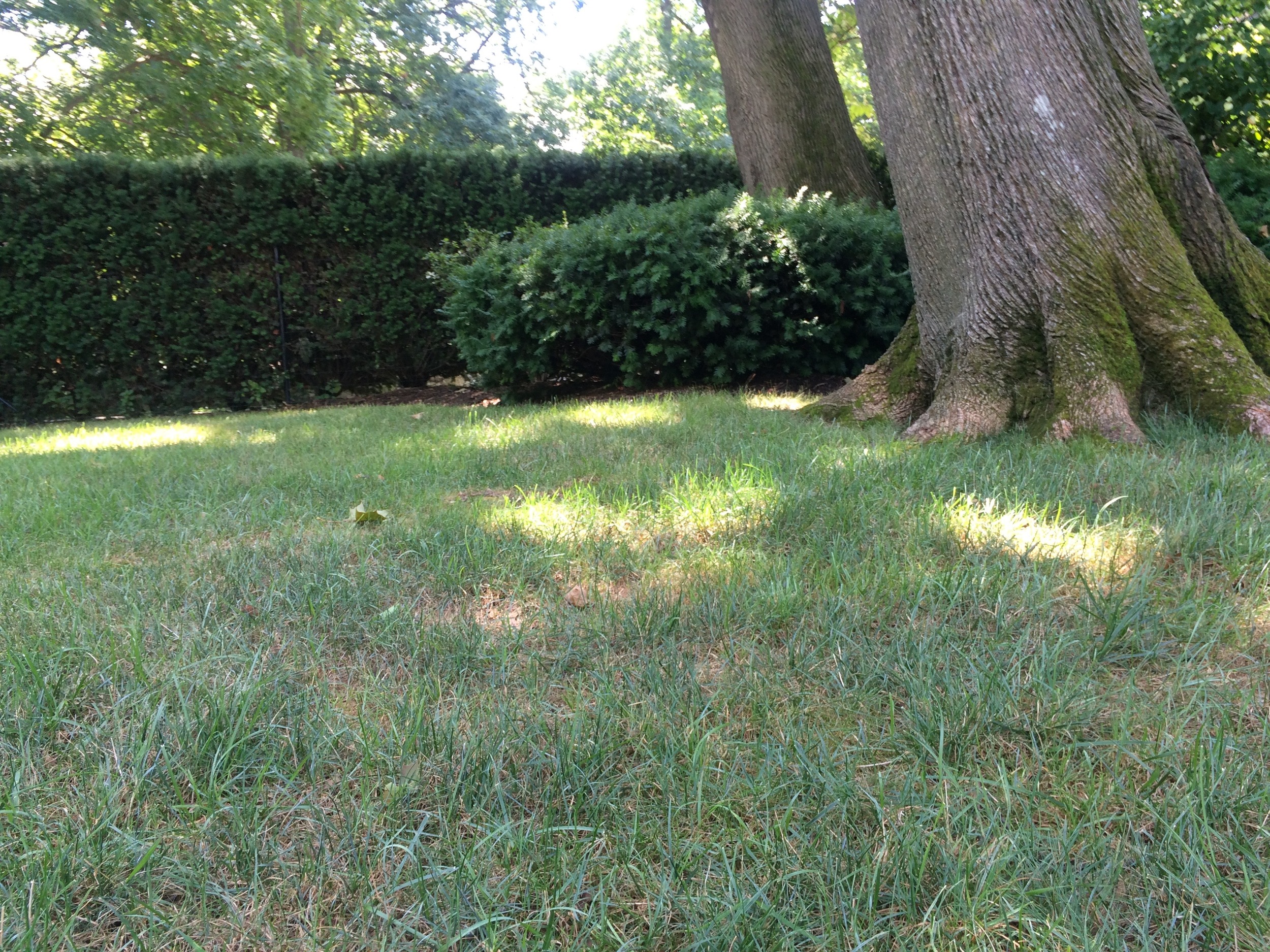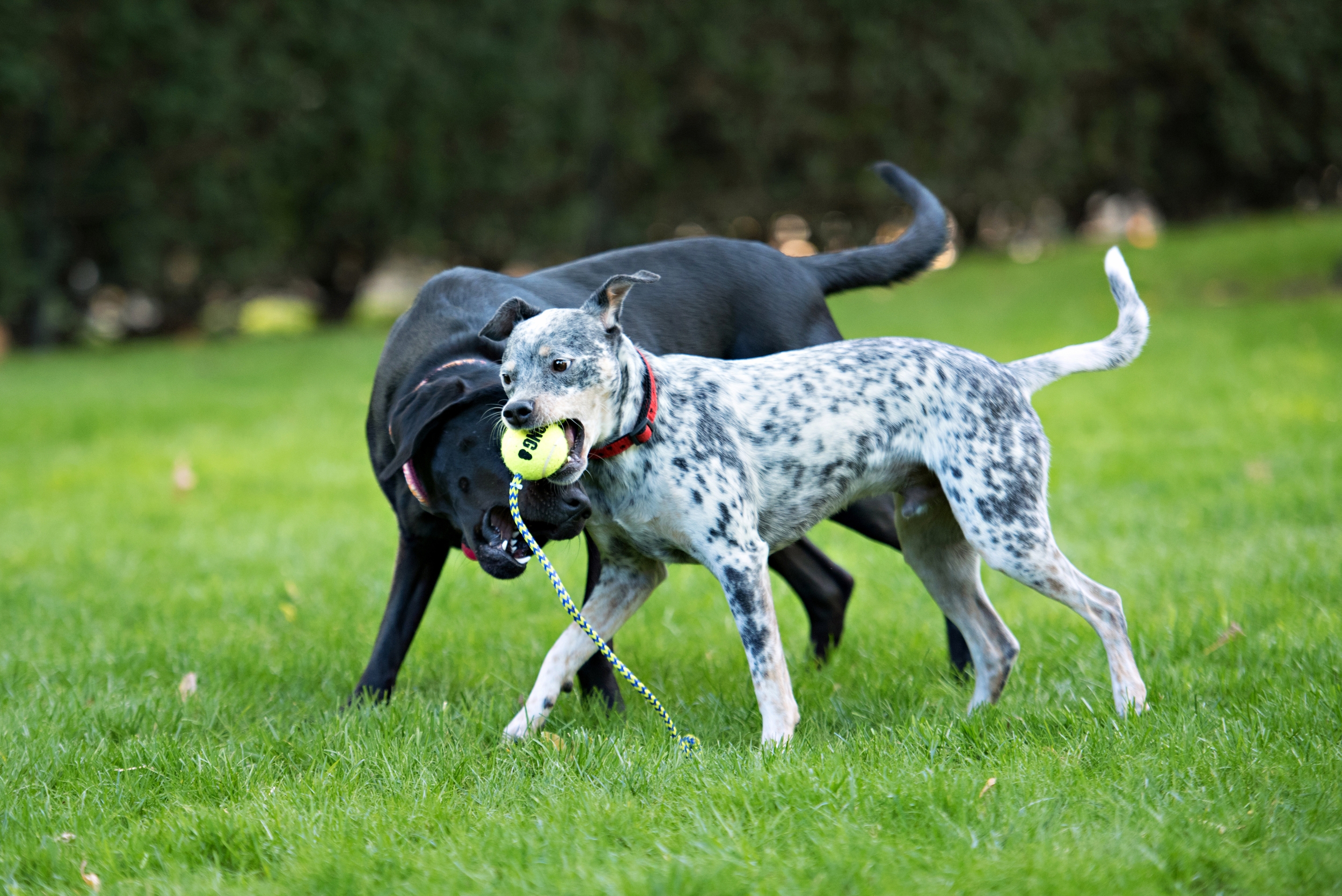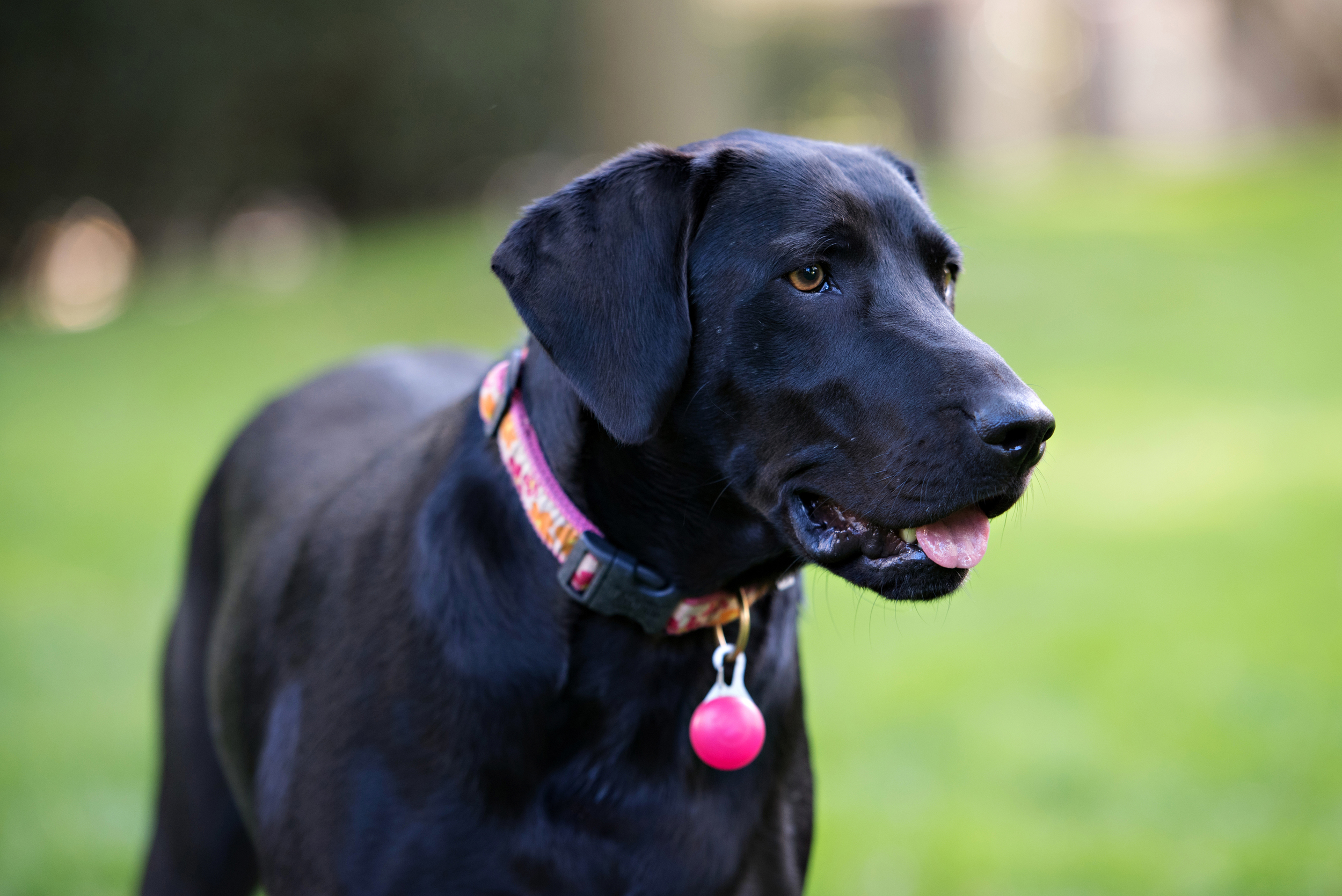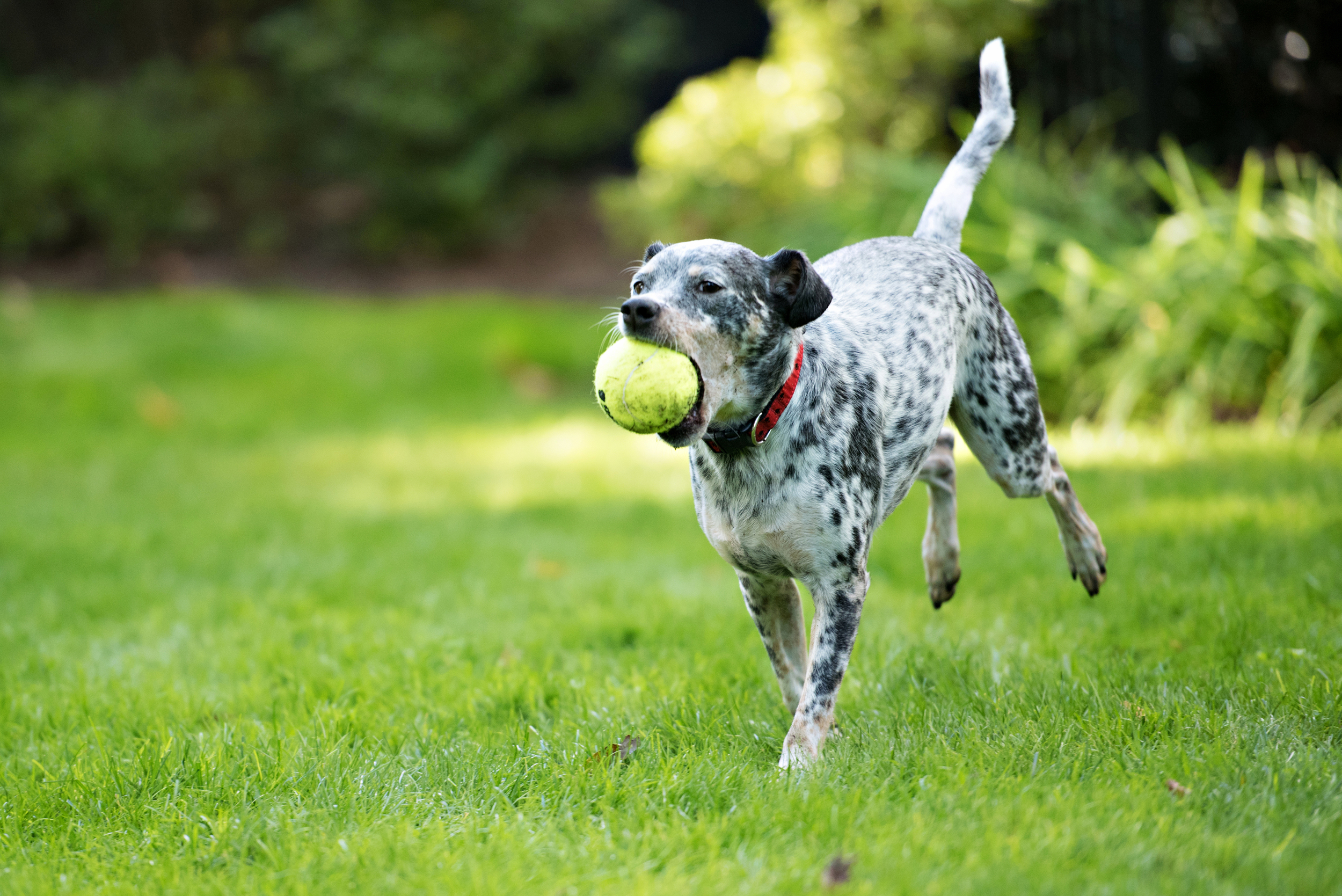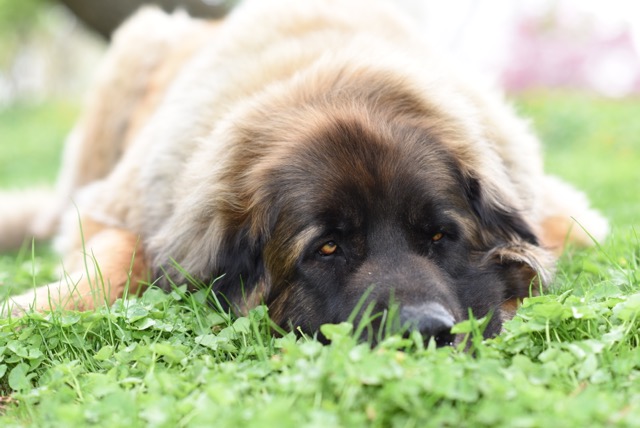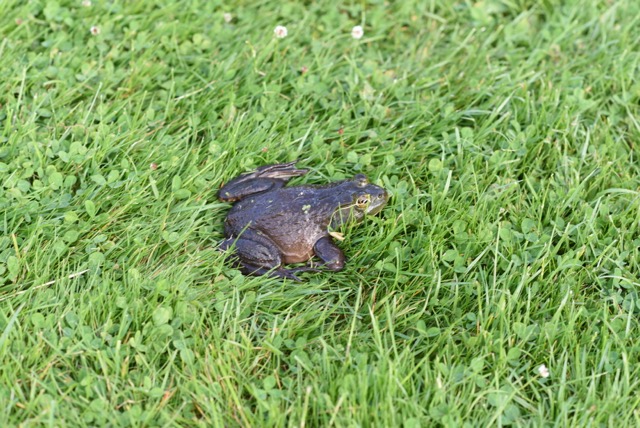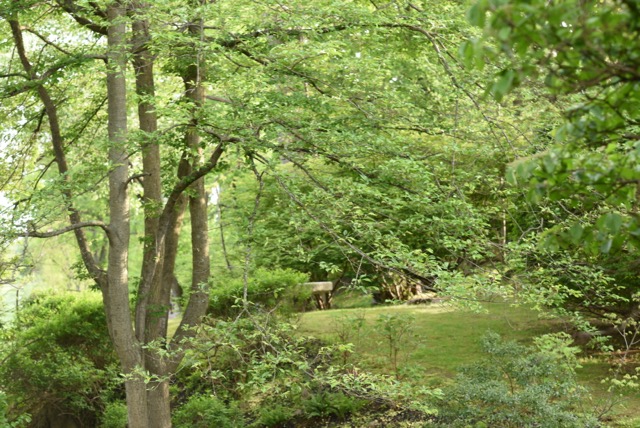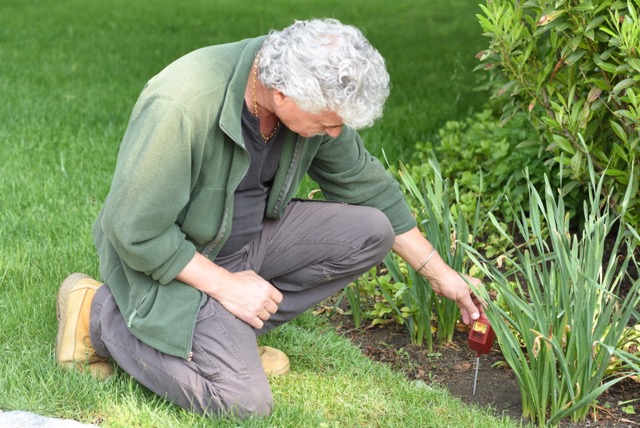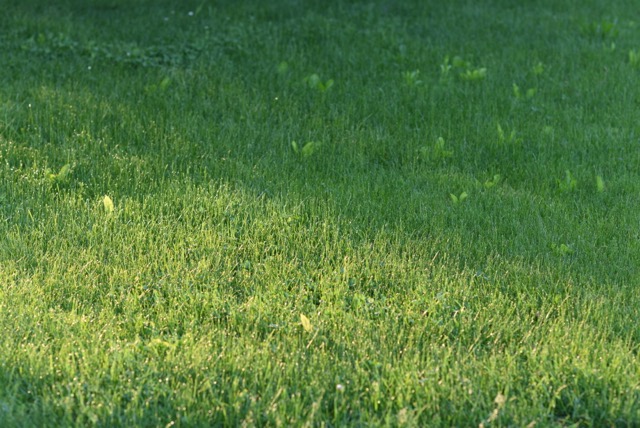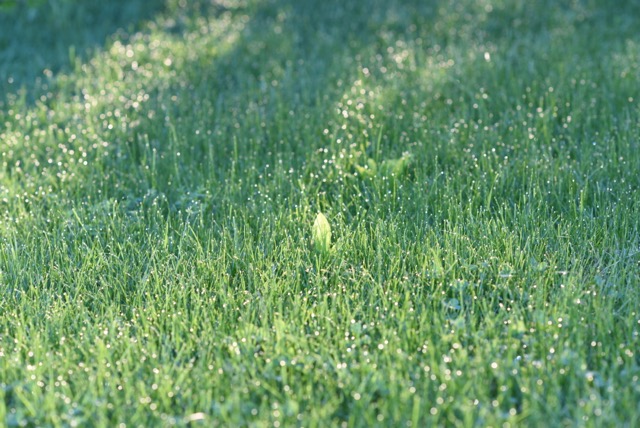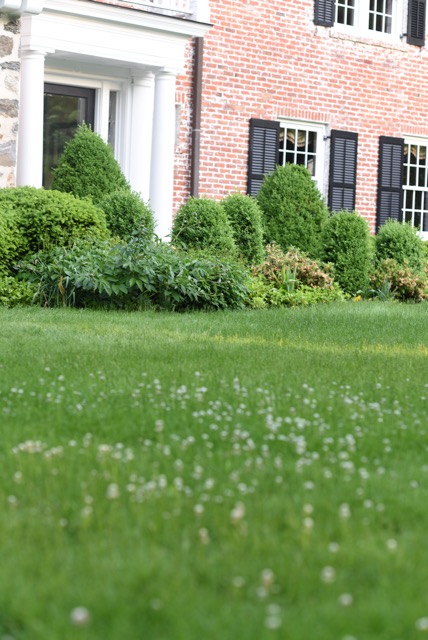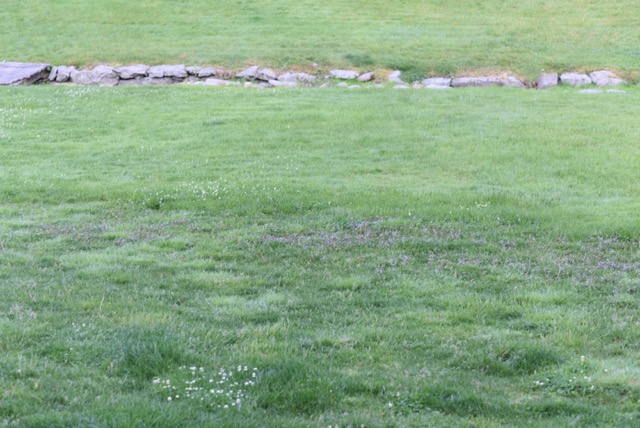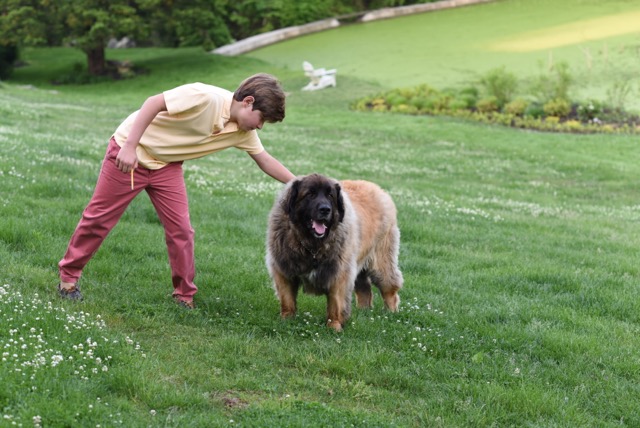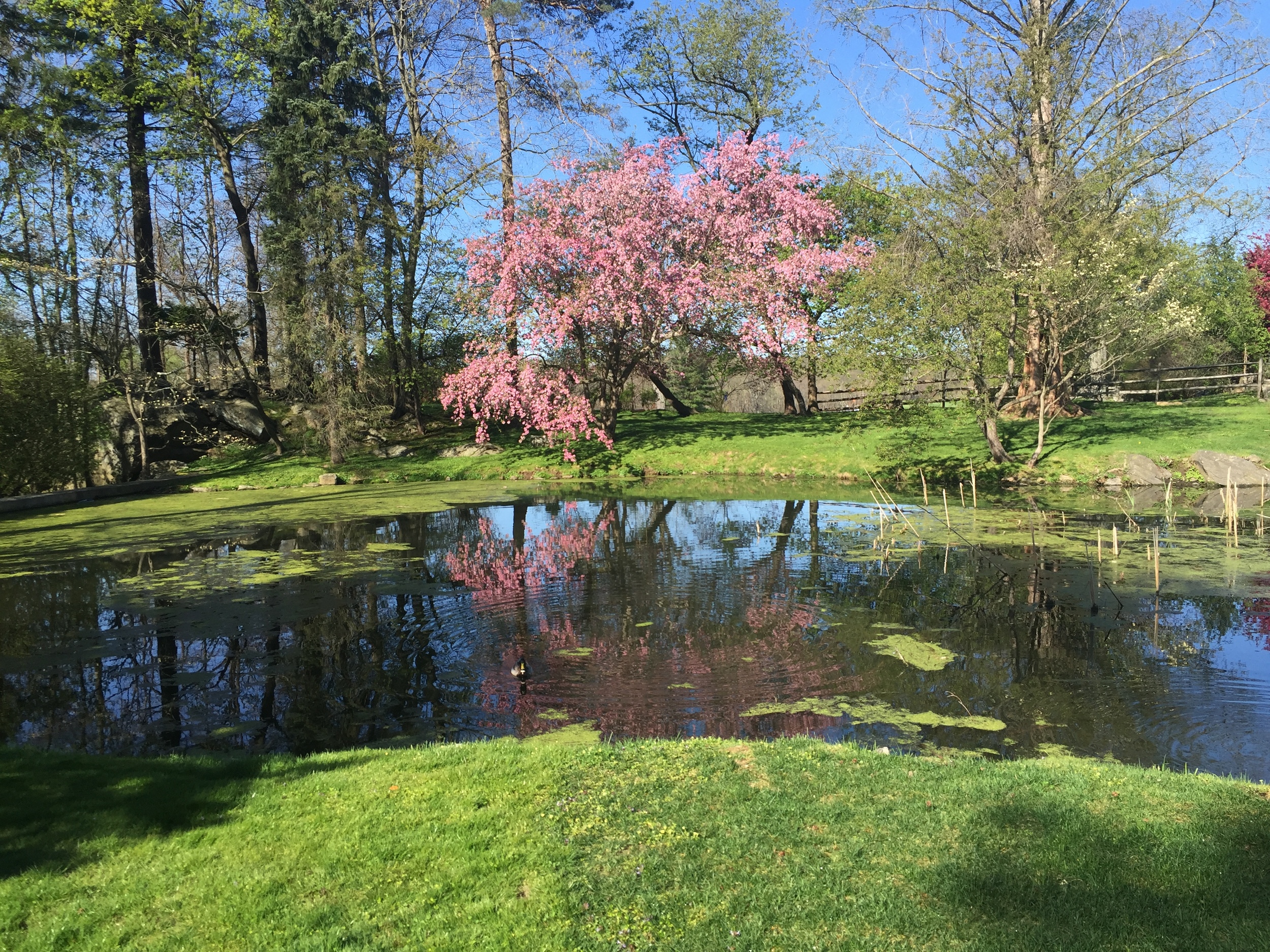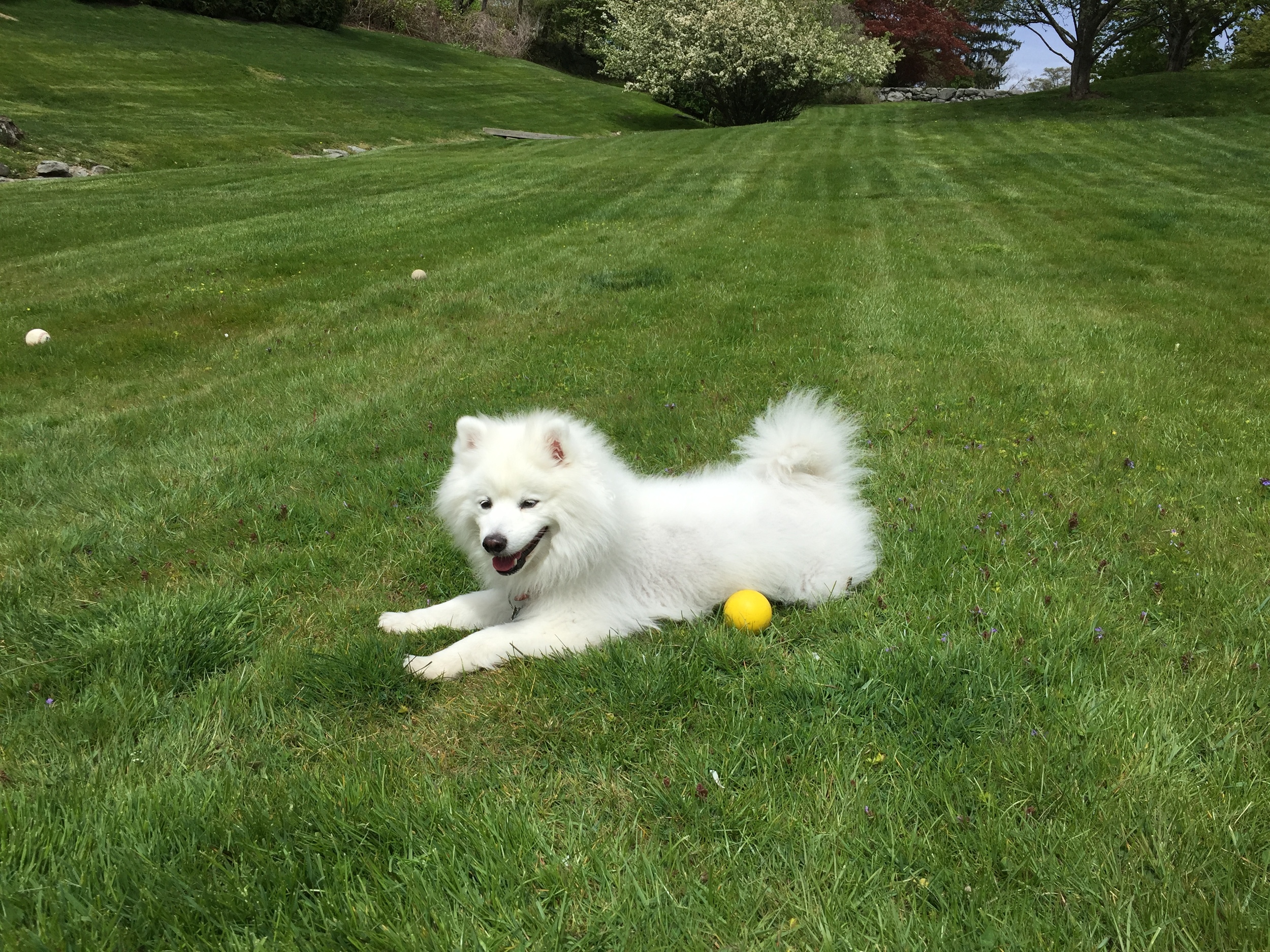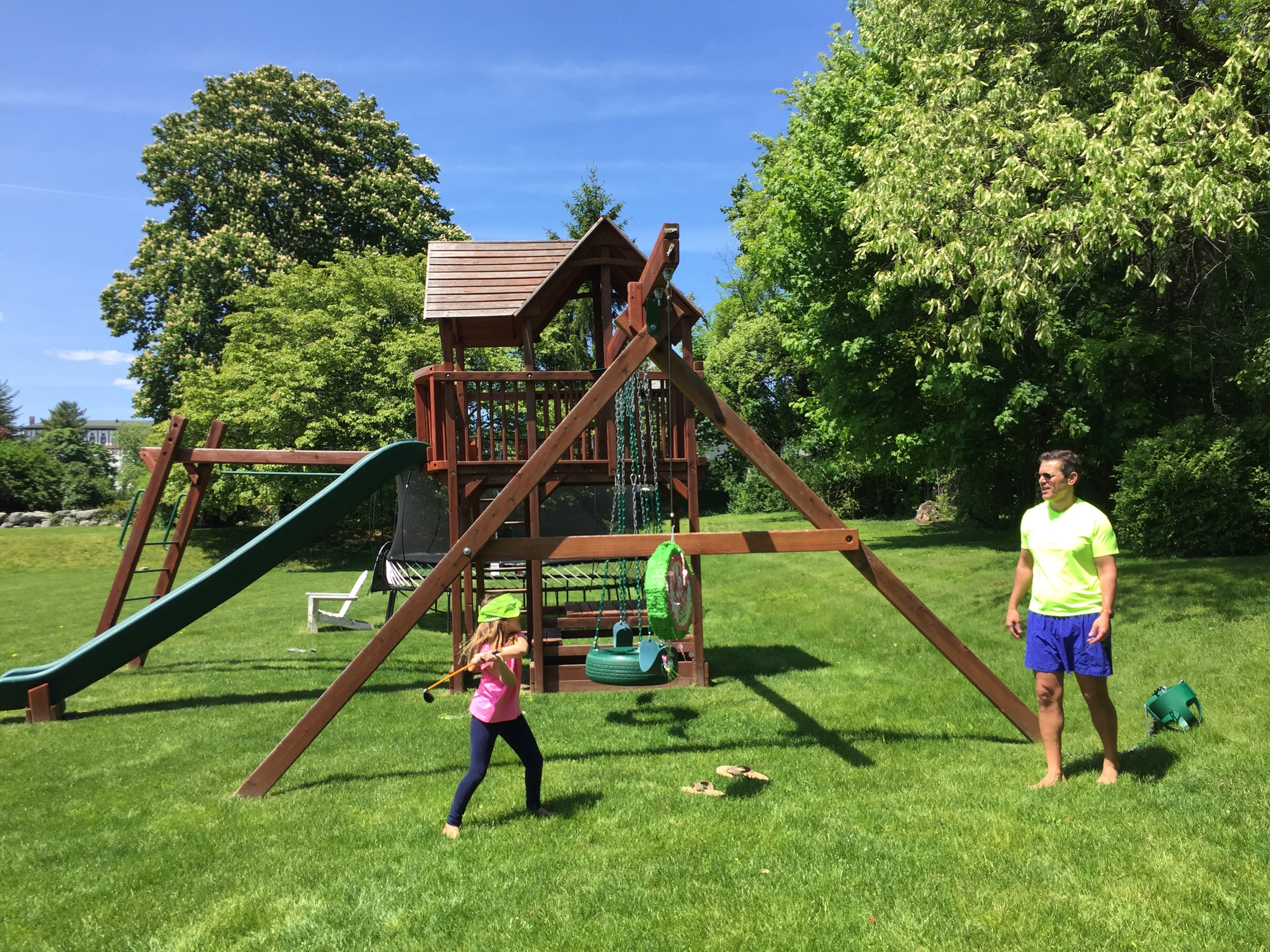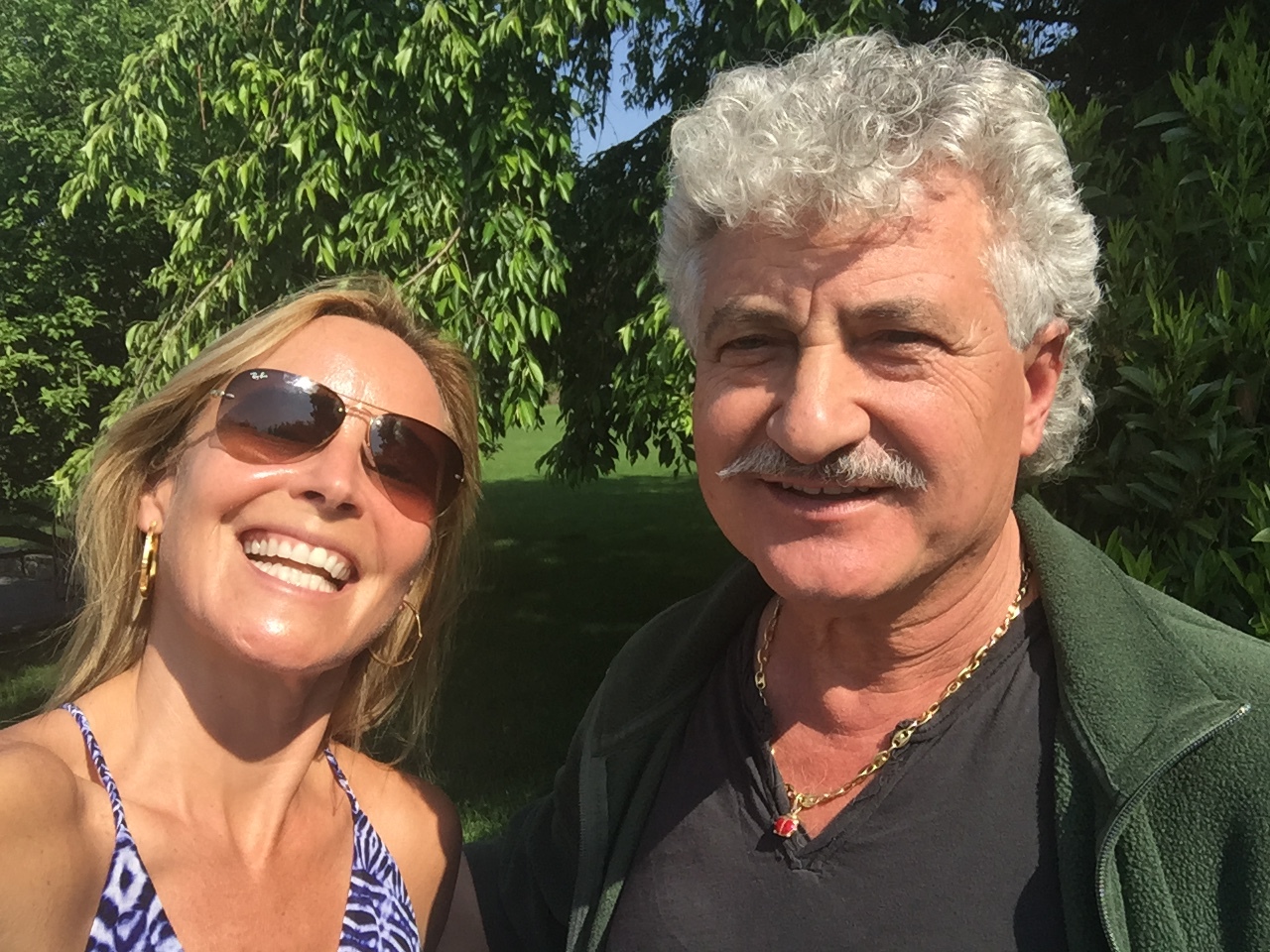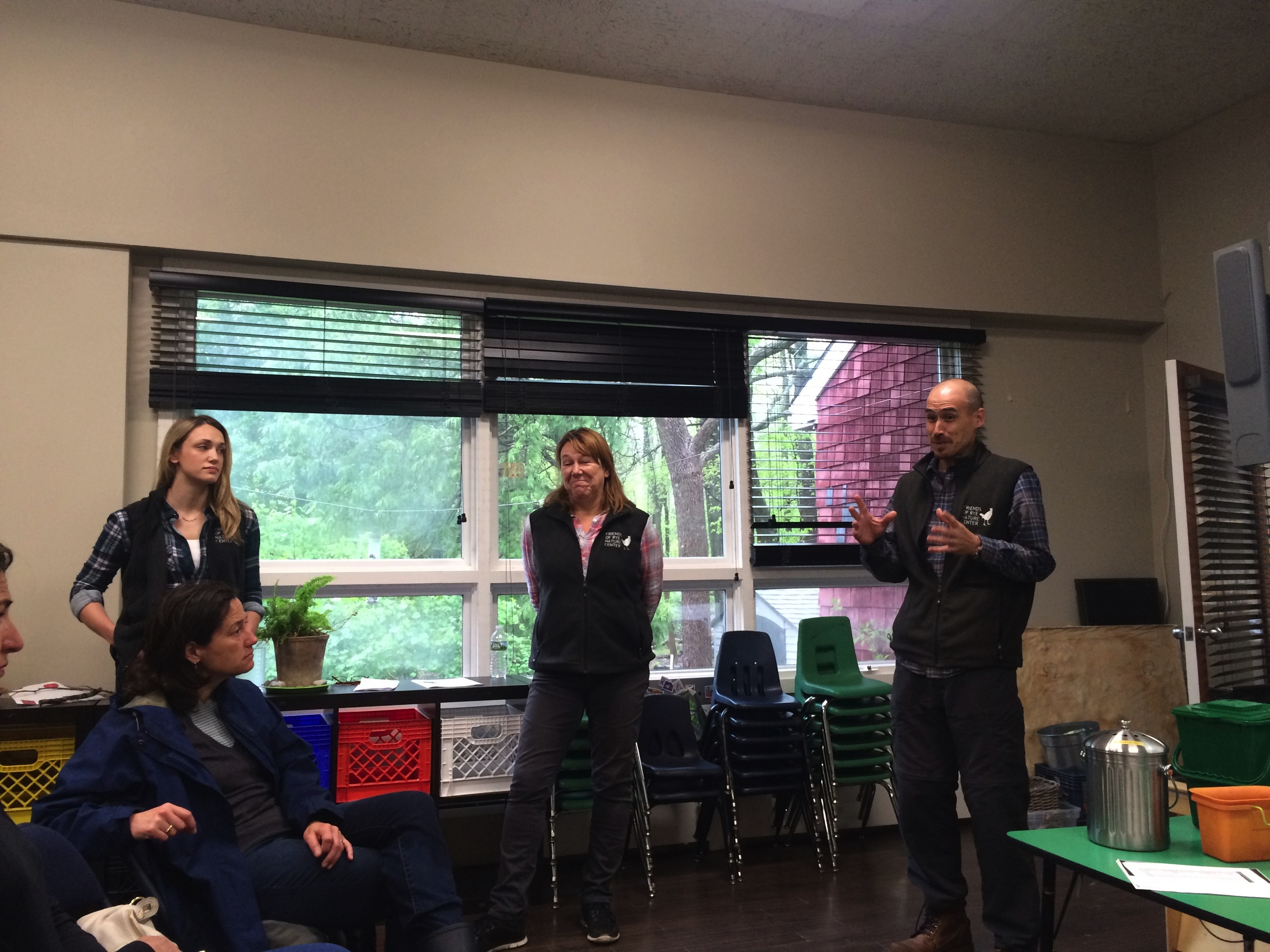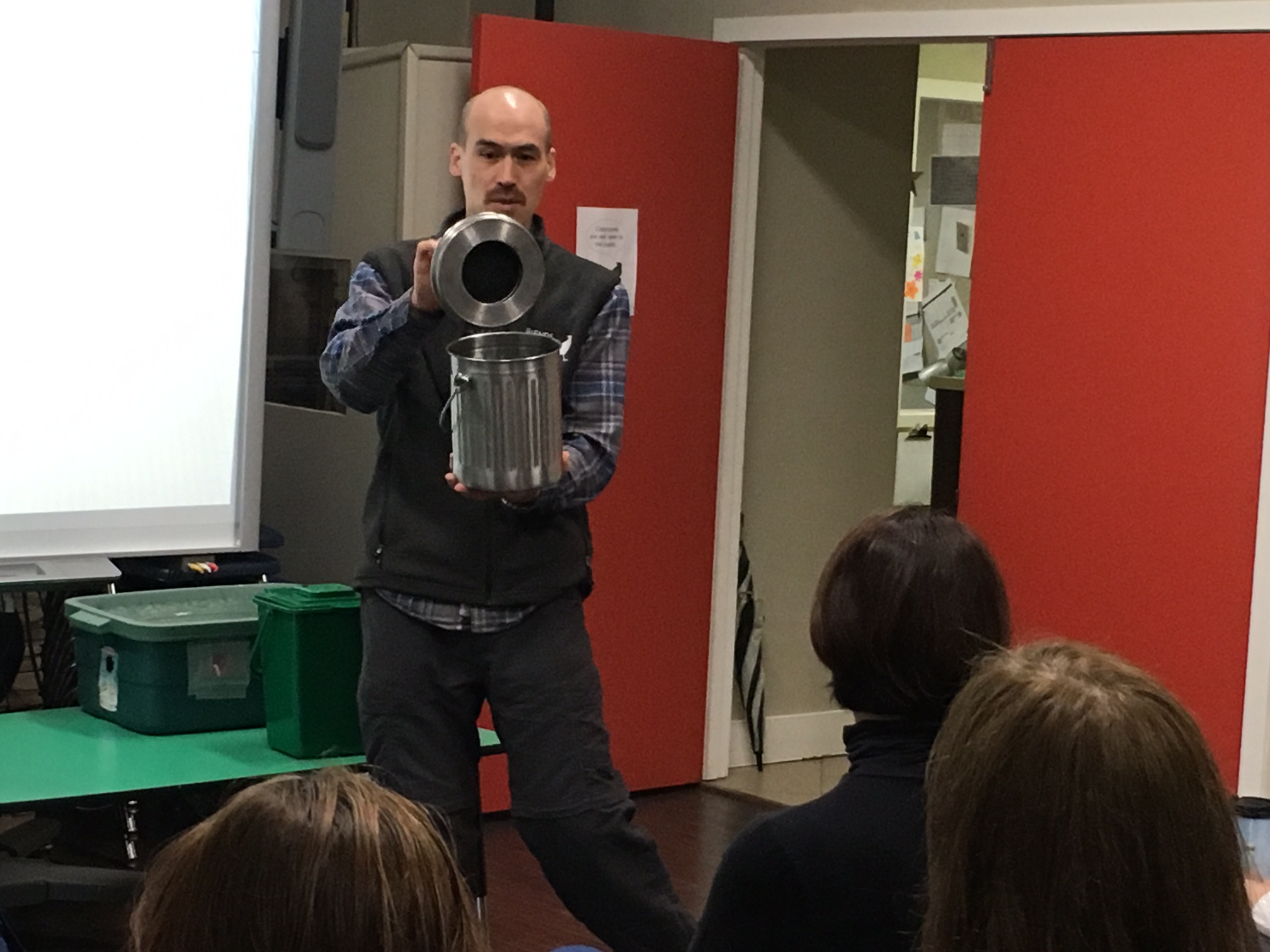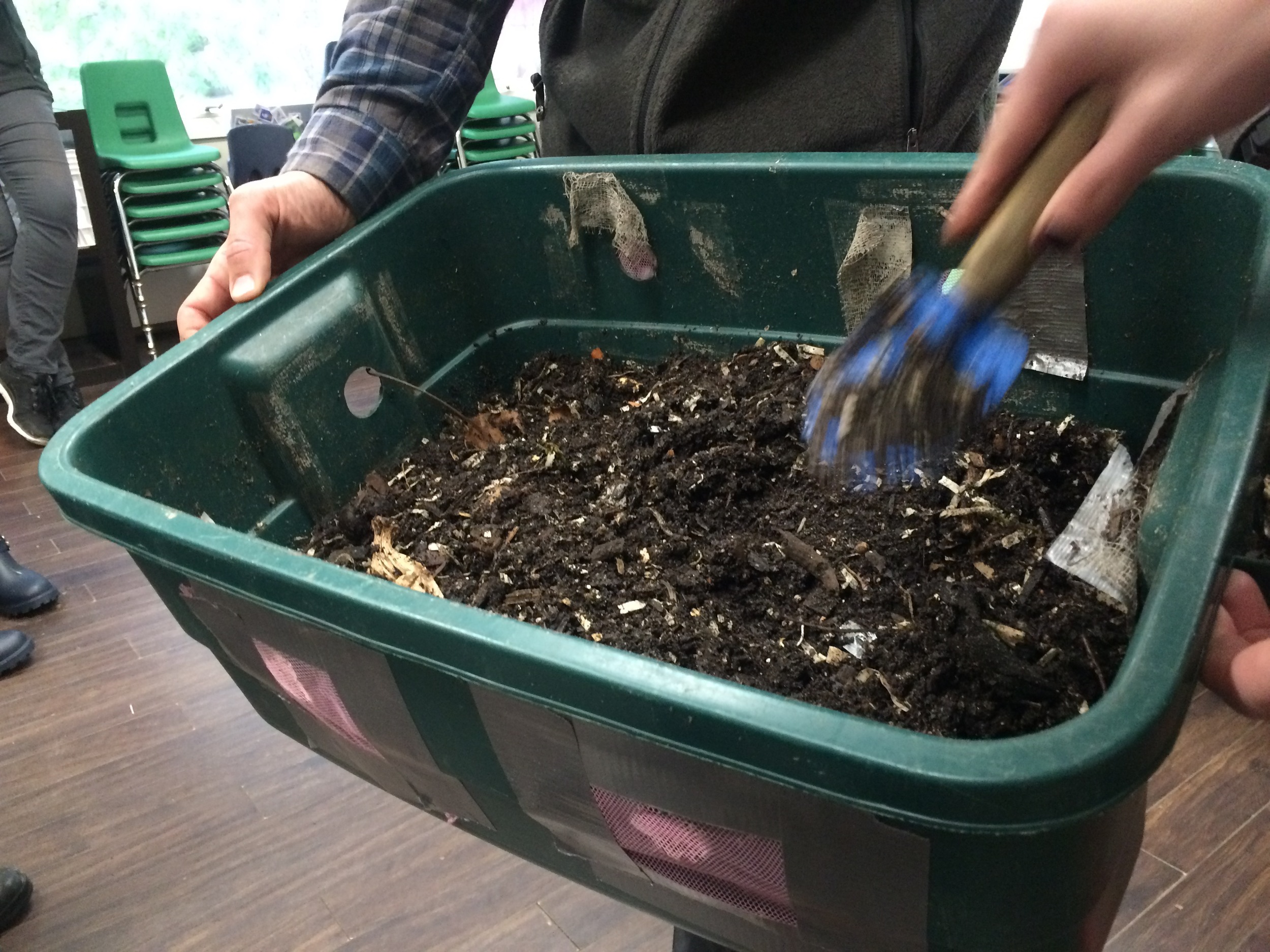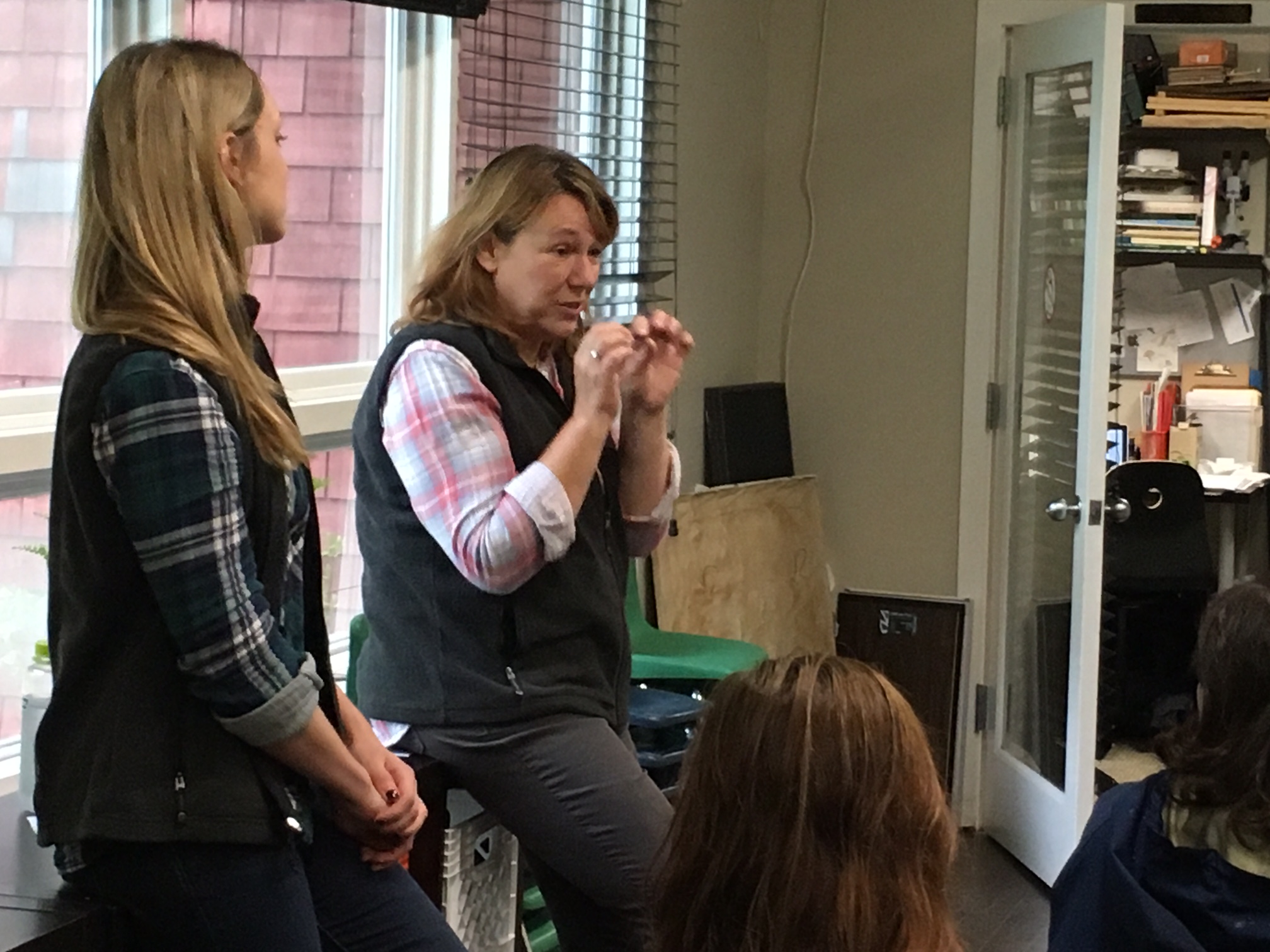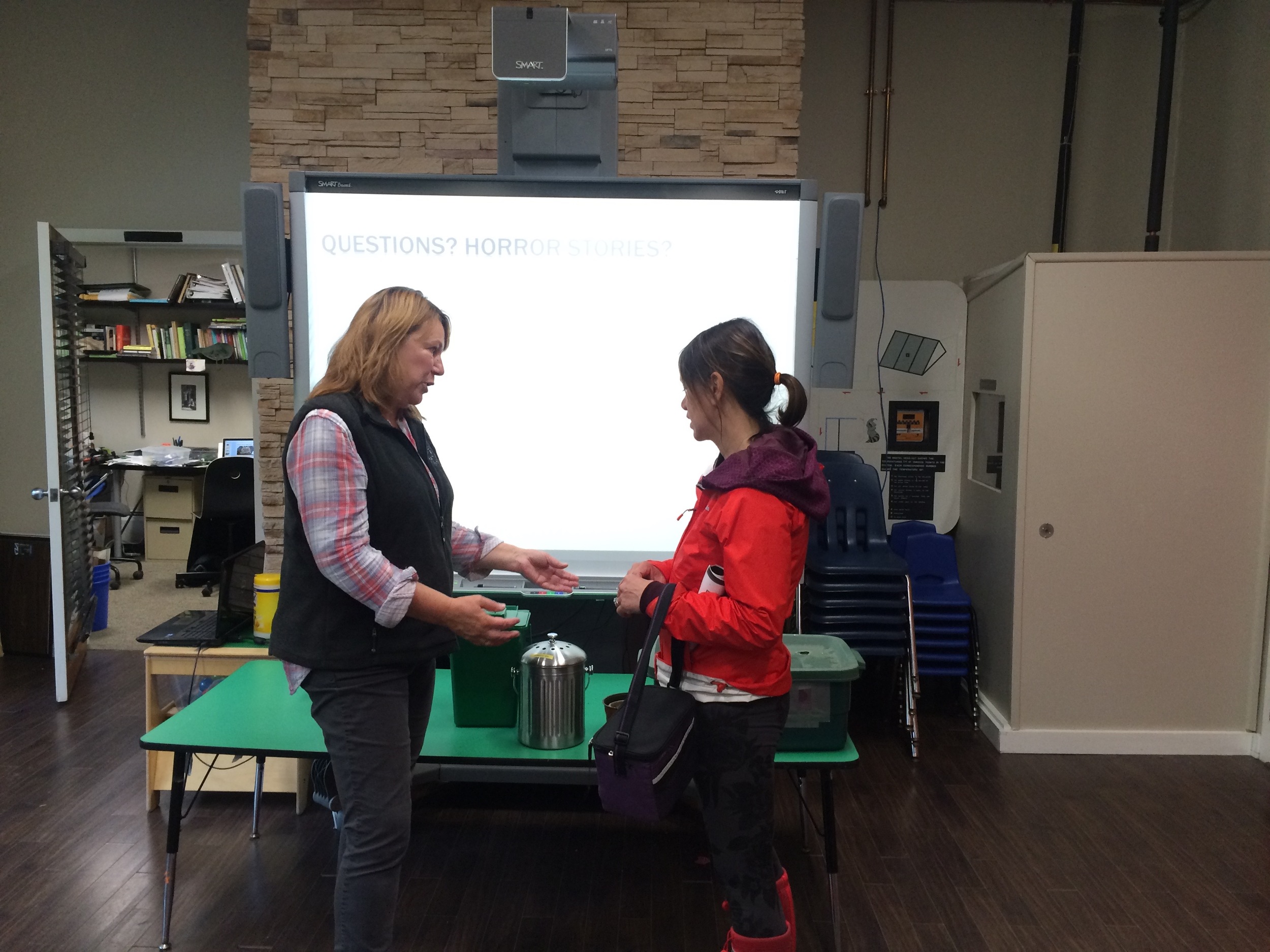Rye resident Andrea Alban-Davies is a contributing writer for "Green Space," a regular column in The Rye Record that focuses on environmental issues raised by The Rye Garden Club Conservation Committee. In her 2/17/17 column, Alban-Davies addresses the problem of over-consumption in our culture with her review of RSC's most recent Green Screen, "Minimalism: A Documentary About the Important Things." RSC has reproduced the article in its entirety here.
For more information about The Green Screen Series, and tips for how you can live a more simple life, visit RSC's Green Screen and RSC Tips for Homeowners pages.
Incorporating Concepts of Minimalism into Our Super-Sized Suburban Lives
Reprinted from Vol. 22, Issue 3 of The Rye Record
By Andrea Alban-Davies
You may have heard of the Rye Sustainability Committee’s (RSC) work encouraging Rye residents to adopt healthy gardening practices, but the activities of the group go well beyond advocating for non-toxic yards. The RSC is a group of volunteers tasked by the City of Rye’s Council to implement the holistic Rye Sustainability Plan, and address significant environmental issues throughout our community. They work to preserve many of the natural and open spaces that make Rye beautiful, protect our air quality, enhance our community through fundraising efforts like Branching Out for Rye to plant city trees throughout Rye, and more. Perhaps most importantly, they spend a significant portion of their time dedicated to educating the members of our community on best environmental practices and strategies for adopting sustainable habits and, eventually, lifestyles.
RSC education efforts include, among other things, distributing educational materials, arranging informational neighborhood coffees, hosting speakers, and screening relevant documentary films through their Green Screen Committee, launched in partnership with Rye Country Day School. The first Friday night in February, they screened Minimalism: A Documentary About The Important Things, after which Director Matt D’Avella spoke.
“Why is acquiring less so important? Because ‘business as usual’ just won’t do; not if we want to leave our children, and their children in turn, with a safe, stable world. ”
The movie mainly follows The Minimalists, a popular simple-living duo as they spread their message, sharing their own experiences far from the familiar world of ‘more’, ‘bigger’, ‘better’. Now, let me just lay the disclaimer out first: yes, sections of this movie are completely unrelated to the world that almost all readers of this particular paper (myself included) inhabit. We’re talking the tiny house movement, small – or no – car, people with 33 items in their entire closet, a guy living entirely out of two bags. It also veers unexpectedly into touchy-feely subjects like hugging strangers and discovering meditation. Nonetheless, the majority of the movie conveys a powerful message with lasting value, and that’s why I wanted to write about it here for those that may have missed the screening. The heart of the message was this: “Living more deliberately, with less.”
Why is acquiring less so important? Because ‘business as usual’ just won’t do; not if we want to leave our children, and their children in turn, with a safe, stable world. The current economic model in consumer cultures around the planet is leading to the degradation of our habitat. We have already blown through the maximum safe level of 350 parts per million of carbon dioxide in the atmosphere, and are at a steady 400 ppm (100 ppm higher than at any time in the past one million years). All scientists knowledgeable about the subject – including pretty much everyone at NASA – predict dire climate change consequences at this level, and we’re only going up from here unless we embrace dramatic change. A significant part of our CO2 emissions is attributable to the resource extraction, production, transportation, and sale of all the stuff that we surround ourselves with. A lot of which we don’t really need, doesn’t really matter, and doesn’t make us any happier.
Because people living in affluent communities generally have the means to purchase the most, we need to be the most careful. So, where can we start? One easy place is with apparel, which the movie examines. We are living in the era of ‘fast fashion’, where consumers are encouraged in every imaginable way to buy as much clothing as quickly as possible. Mainly through low prices (which are only possible because we aren’t paying the true ecological costs or production costs – think sweat shops – of the clothes that we wear). One expert interviewed tells us the depressing truth: that this model “represents the economics of such an extreme and profound unsustainability”. So, why not decide to get off that particular hamster wheel? Why not stop buying lots of things as they come in and go out of fashion, and, instead, buy fewer, classic, high-quality items that we can envision ourselves wearing ten years from now? By way of inspiration, we see many people interviewed that look great – for work and play! – and own only a handful of items.
Film creator and director Matt D'Avella speaks after the film.
This philosophy can then carry over to any area of our lives where we see high consumption trends. Personally, I think about the toys and gadgets that I buy for my kids. Maybe your weakness is the latest home consumer goods, or cutting edge technology devices. Whatever it is, the important thing is that each of us examines it, and asks ourselves if we can be more thoughtful about what we acquire and do with less. Which, by the way, also means less clutter, less junk, and less to get rid of once the items are no longer of interest to us. To me, this falls into the ‘easy’ bin in terms of emissions reduction. More than, say, living all summer long without A/C!
The idea of minimalism is valuable for everyone to explore, and I’m so glad that RSC started the conversation in our community by screening this movie. Even if you are wholly aware of the ravages wrought by our throw-away culture, it’s always sobering to get an acute visual reminder of exactly how much landfill our extreme style of consumption generates on a continual basis, or to watch the bleak scenes of Black Friday hysteria. There’s still time to change the severity of our environmental fate; and we can each do our part by staying alert to the areas where we can pare back in our own lives.
